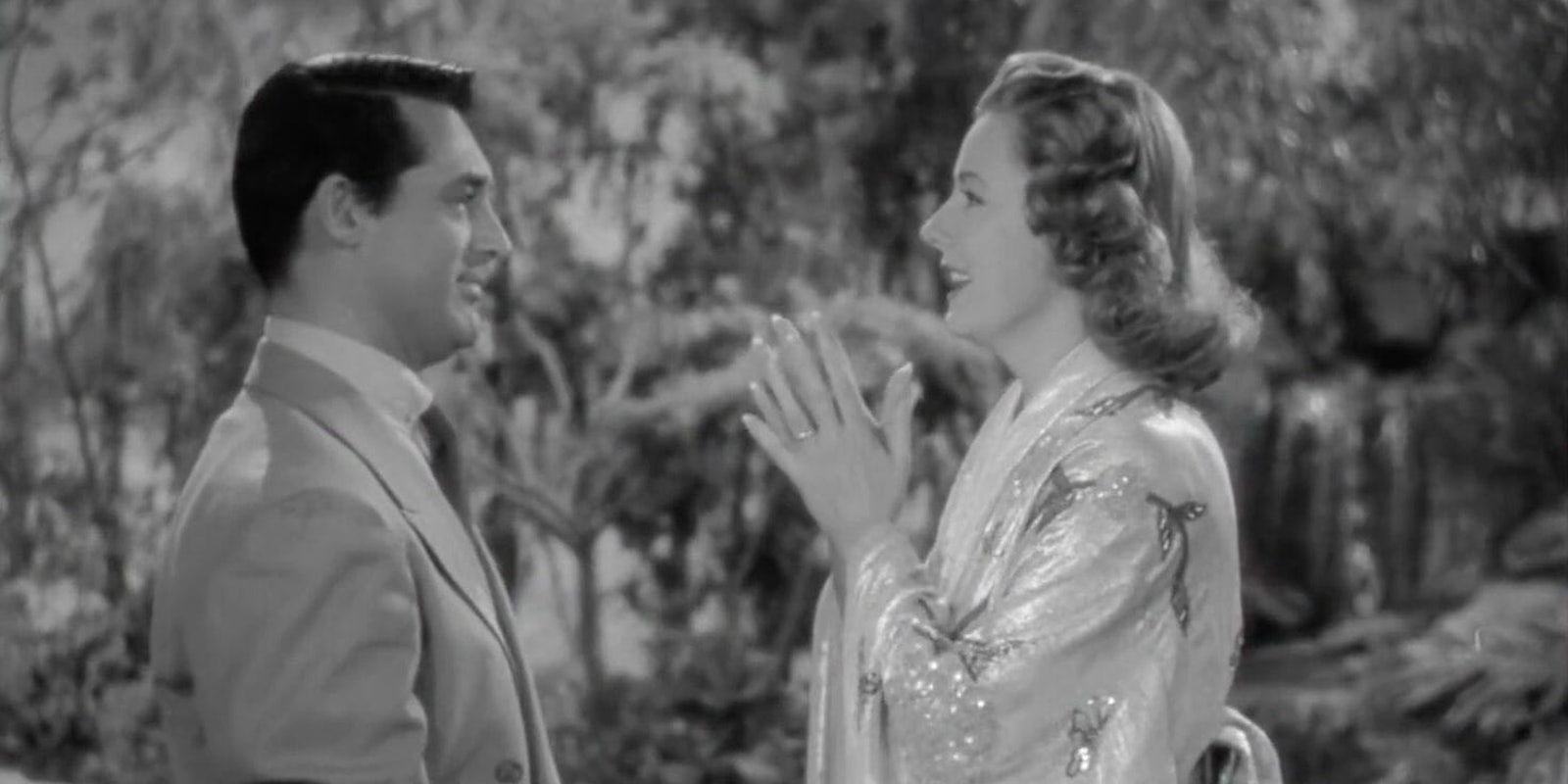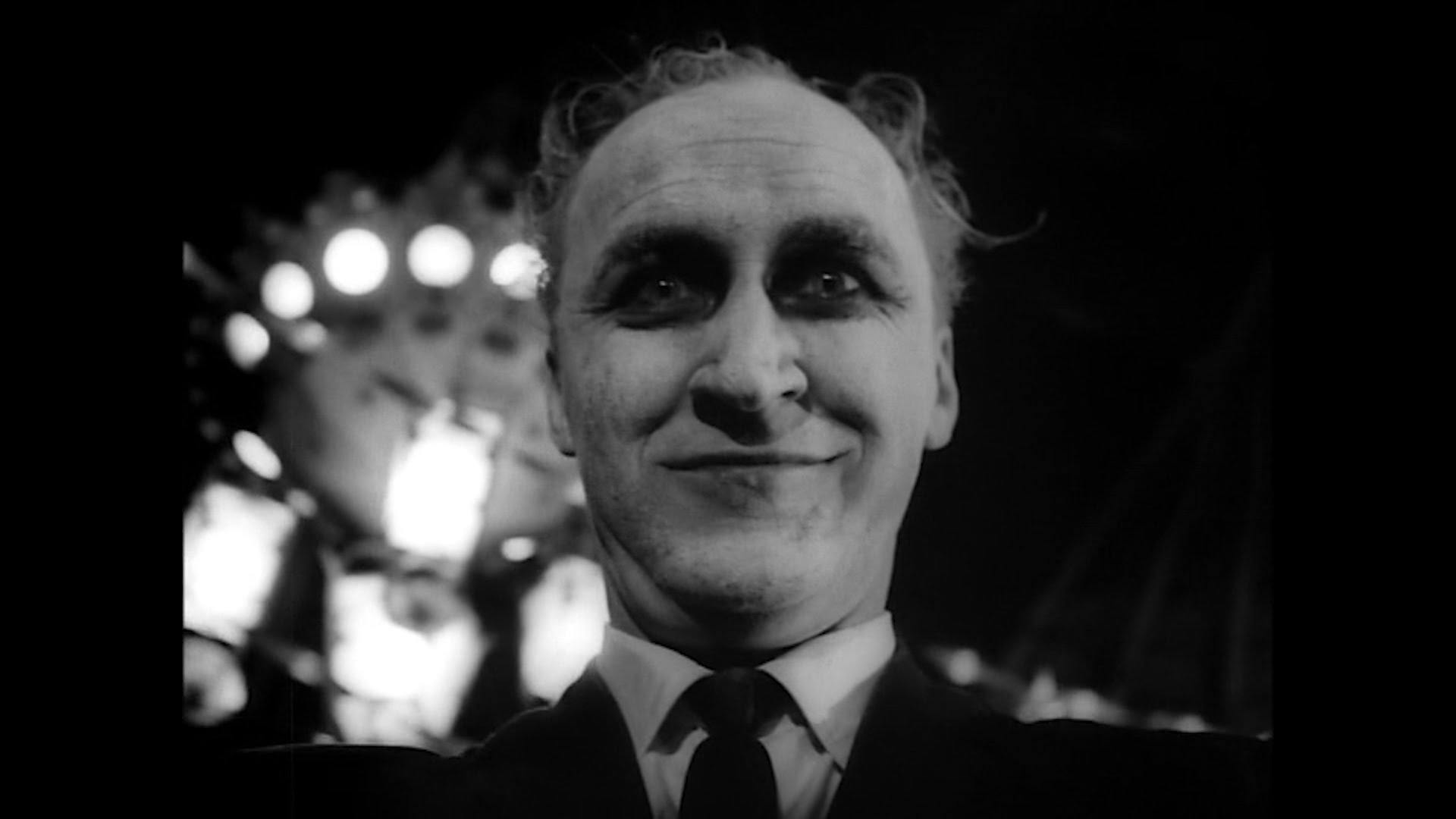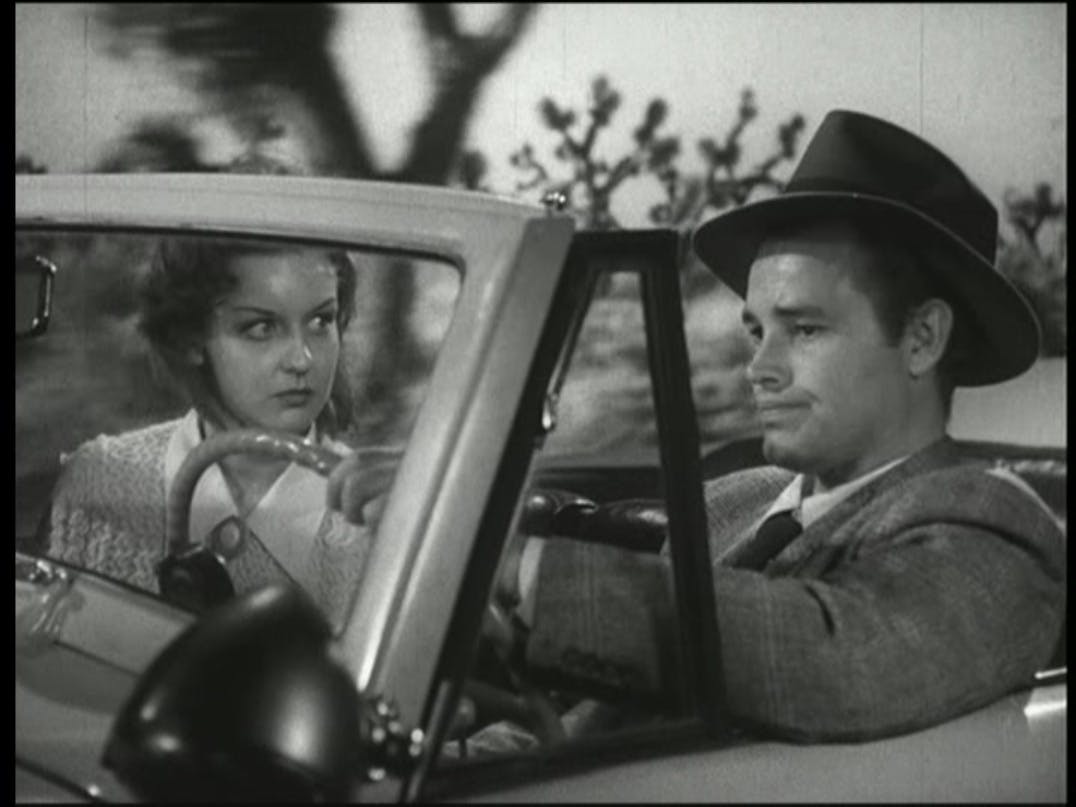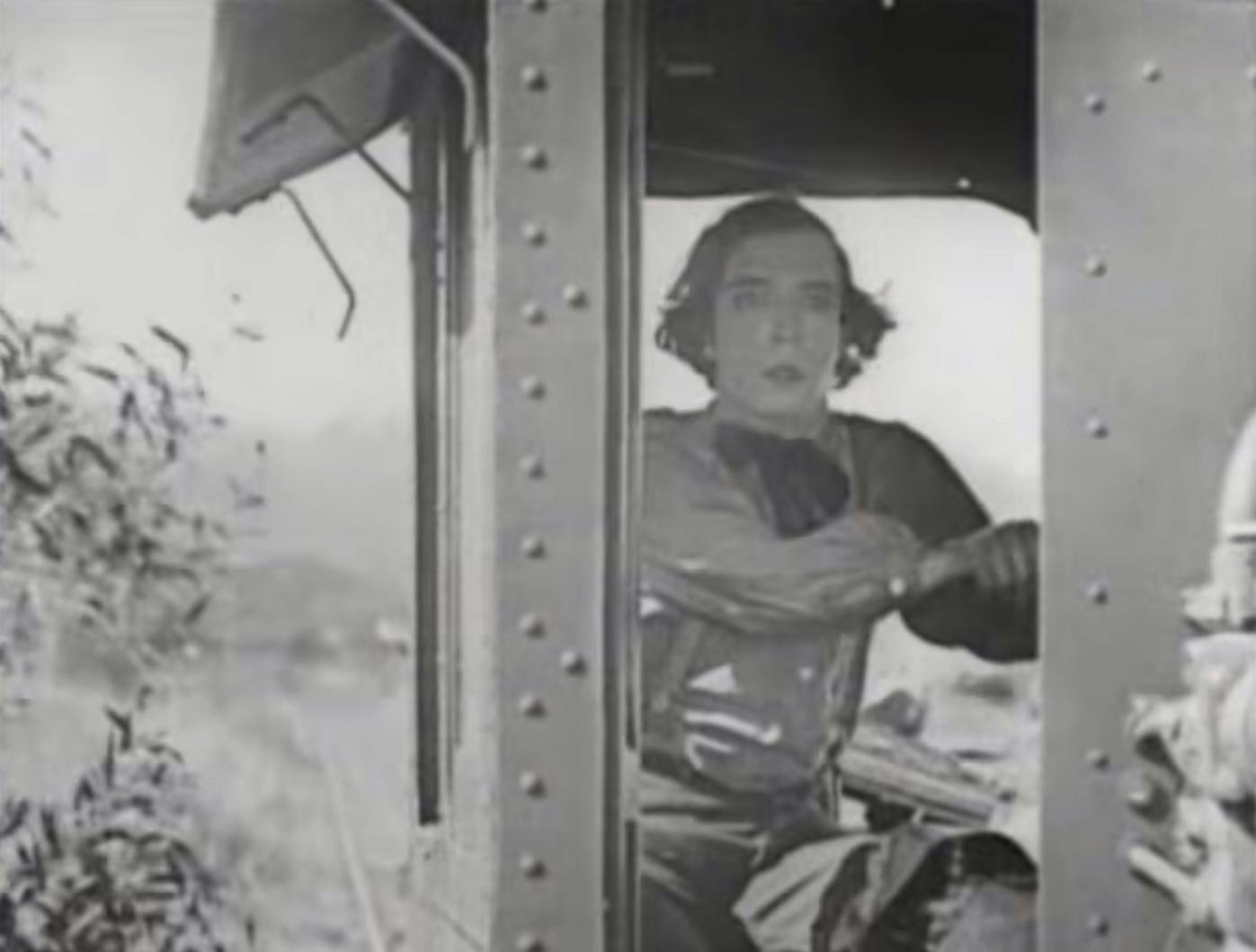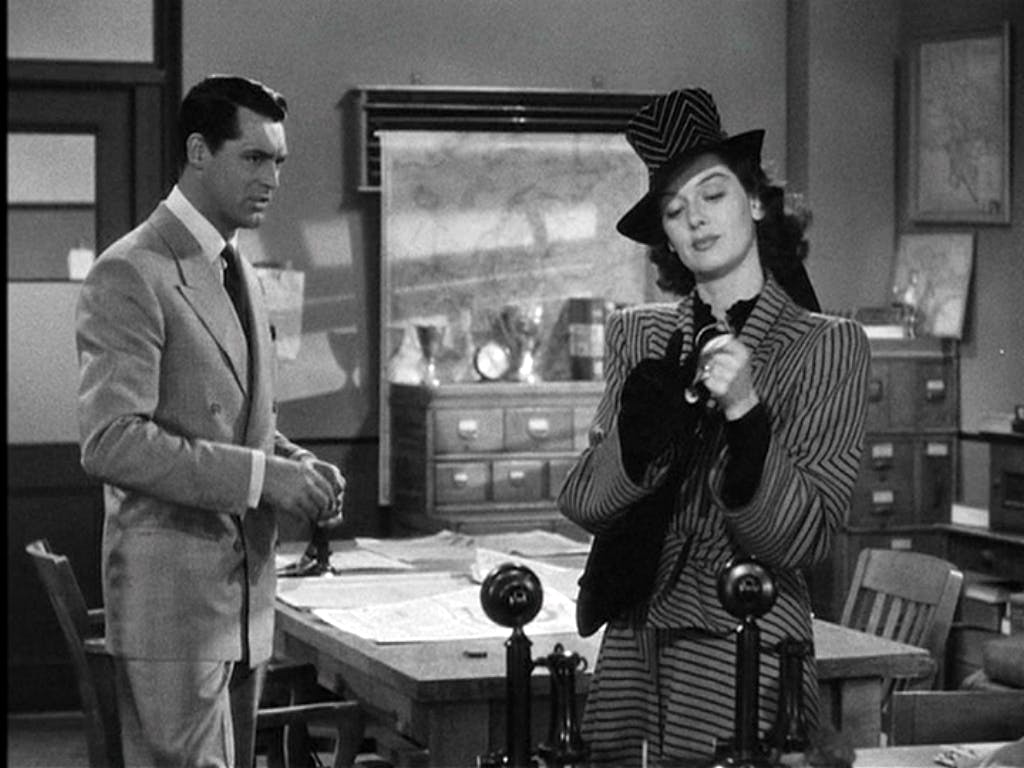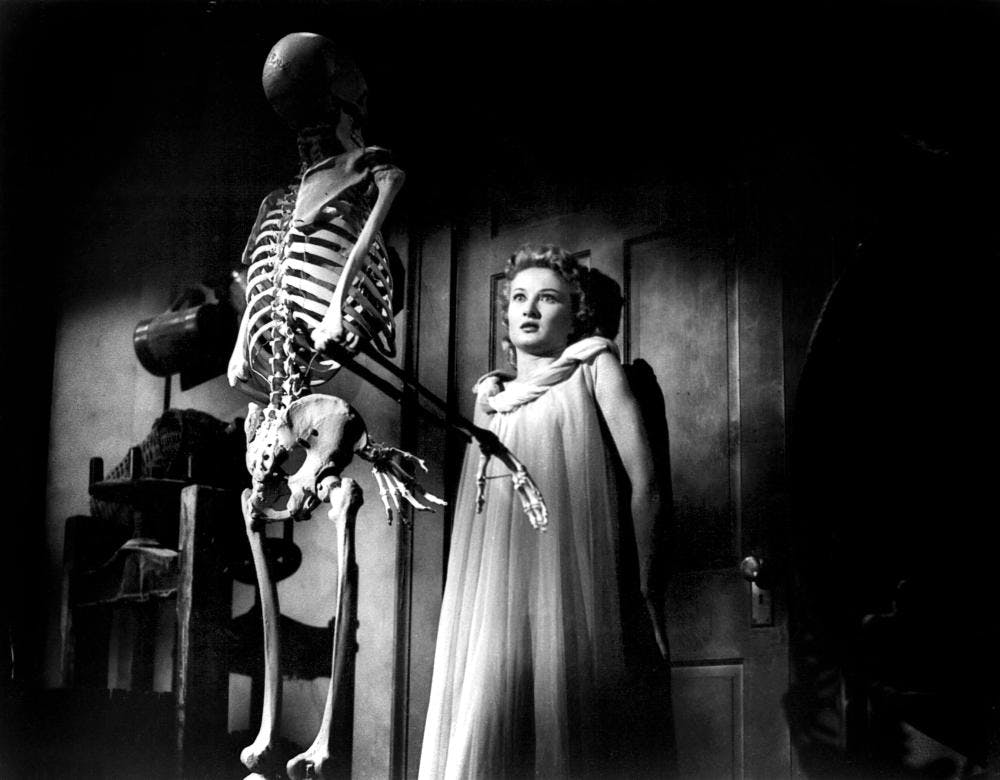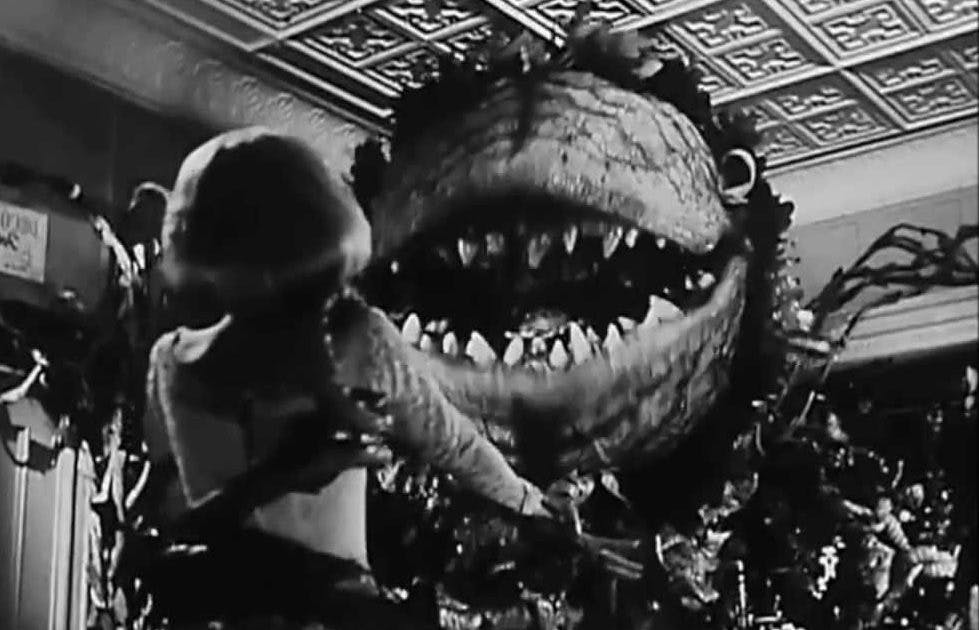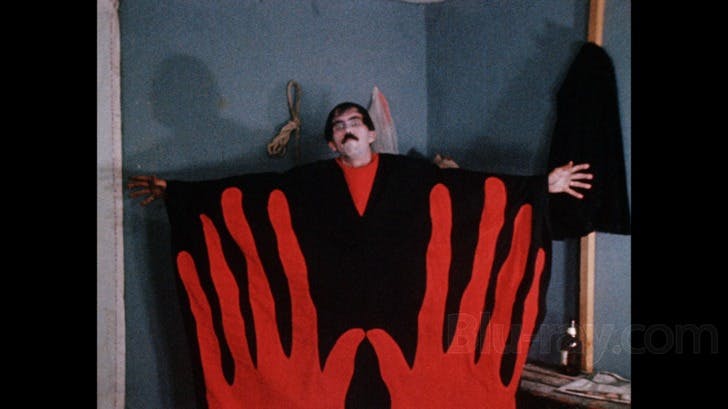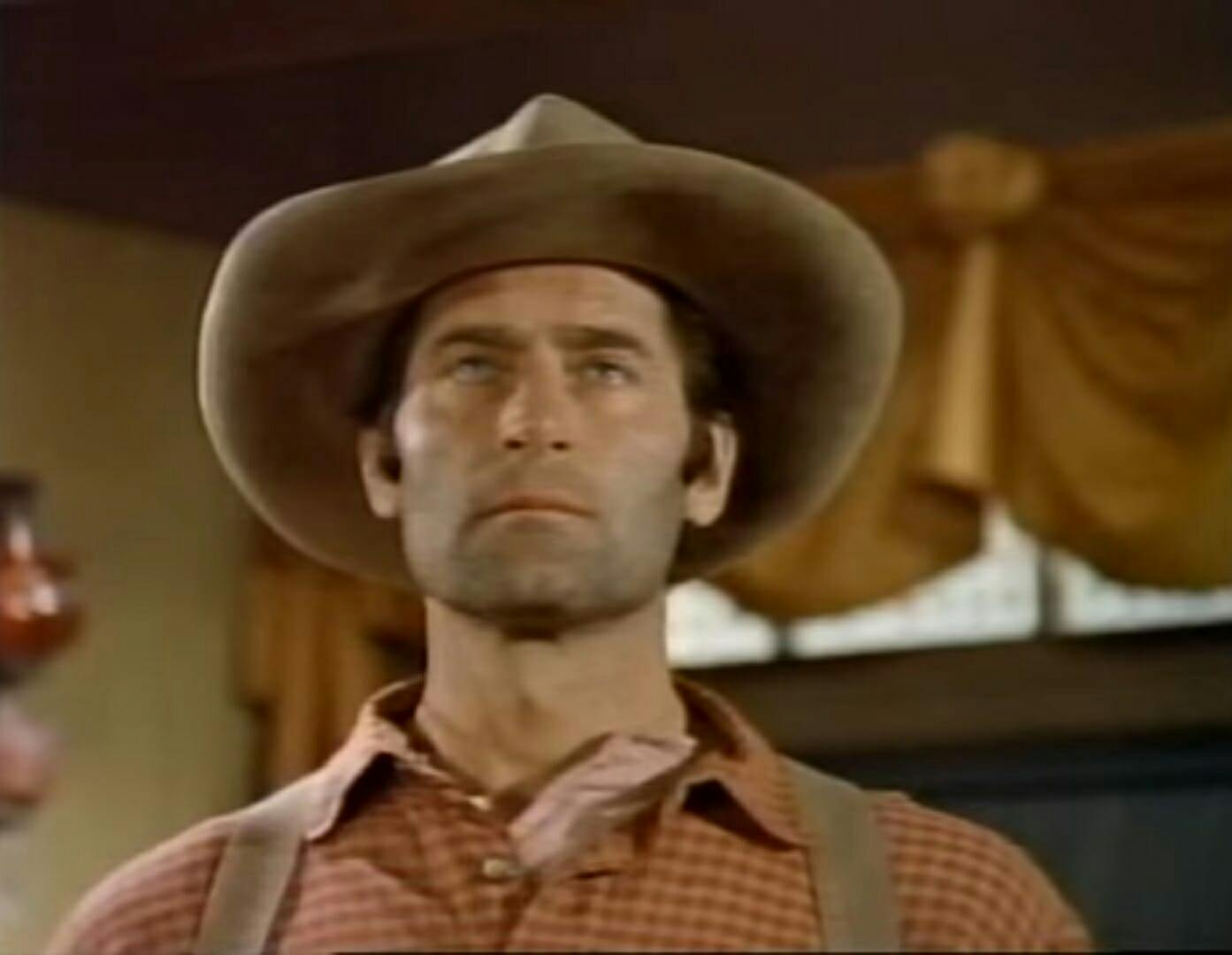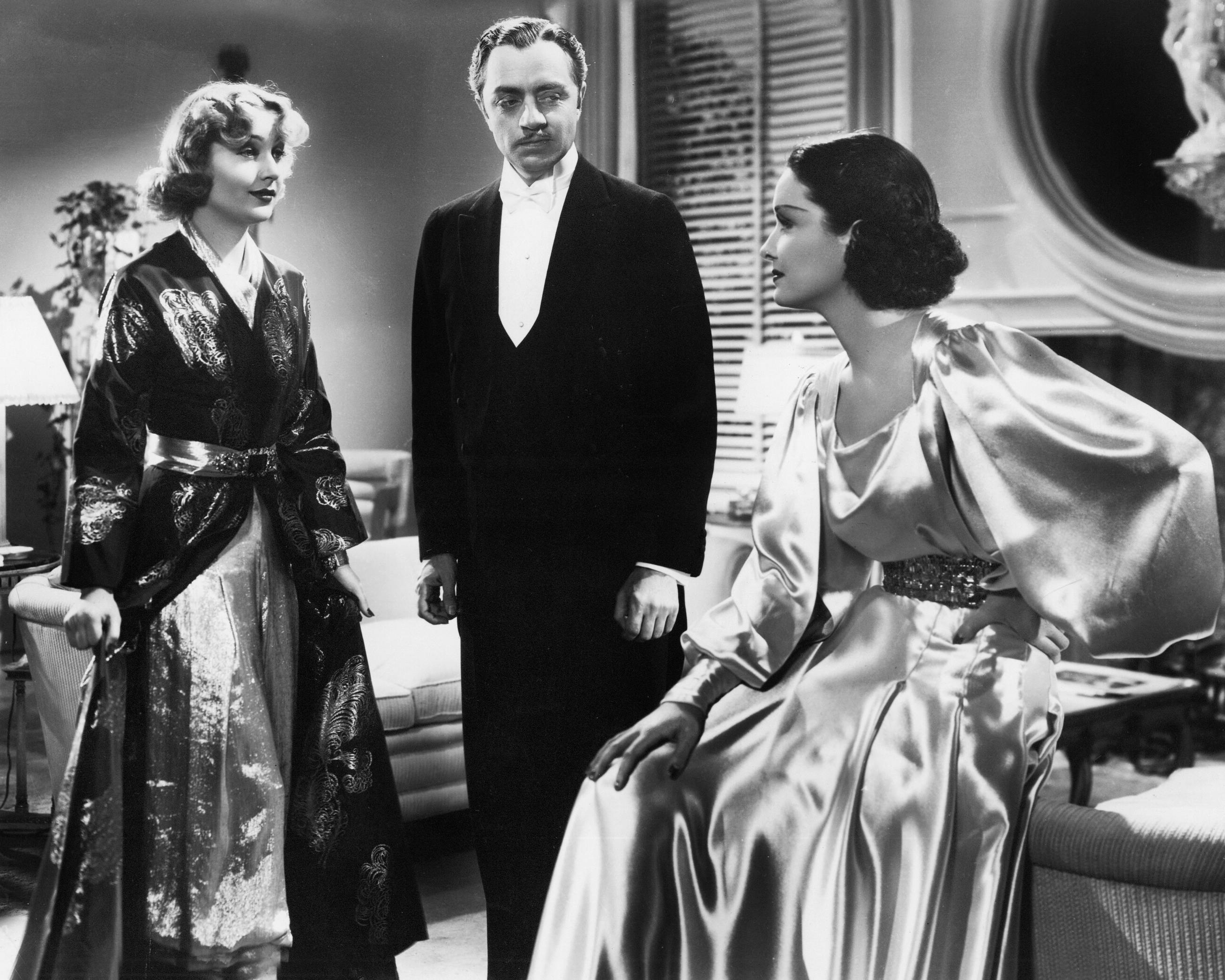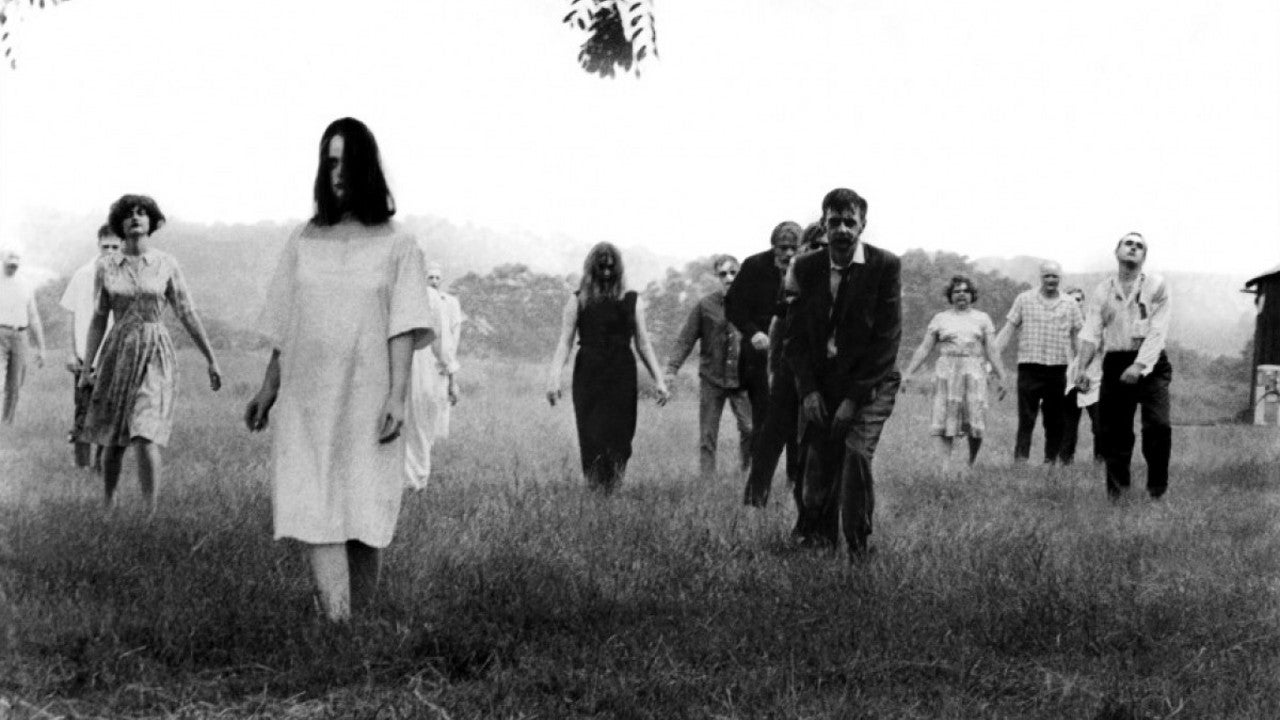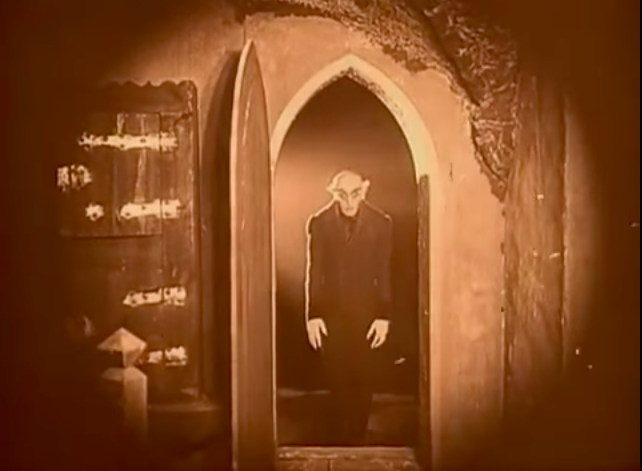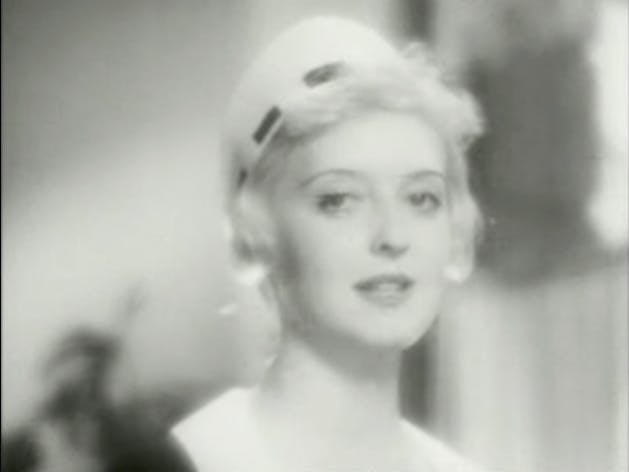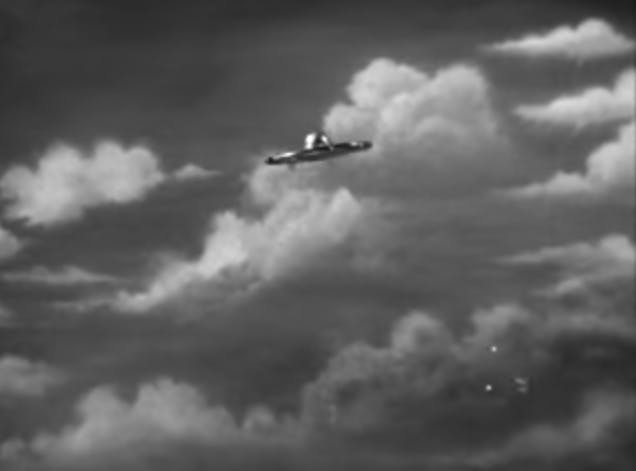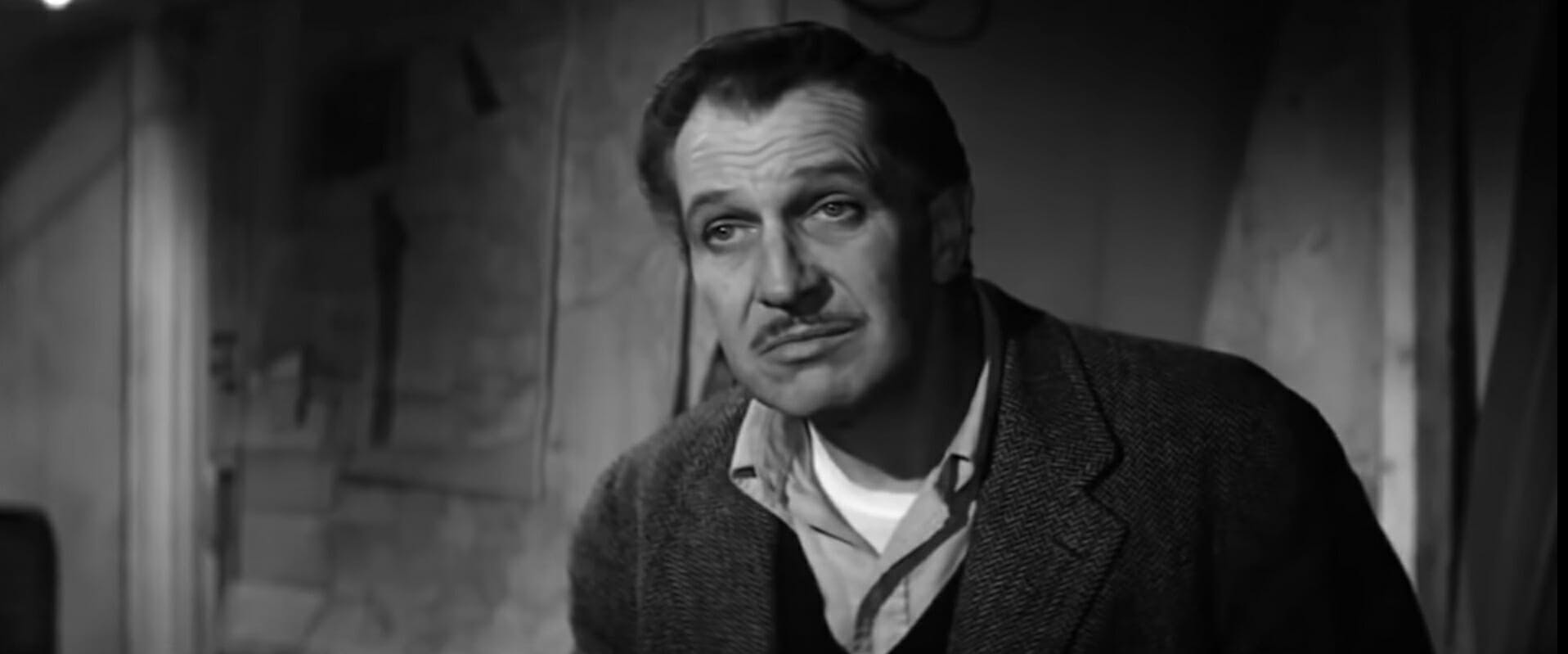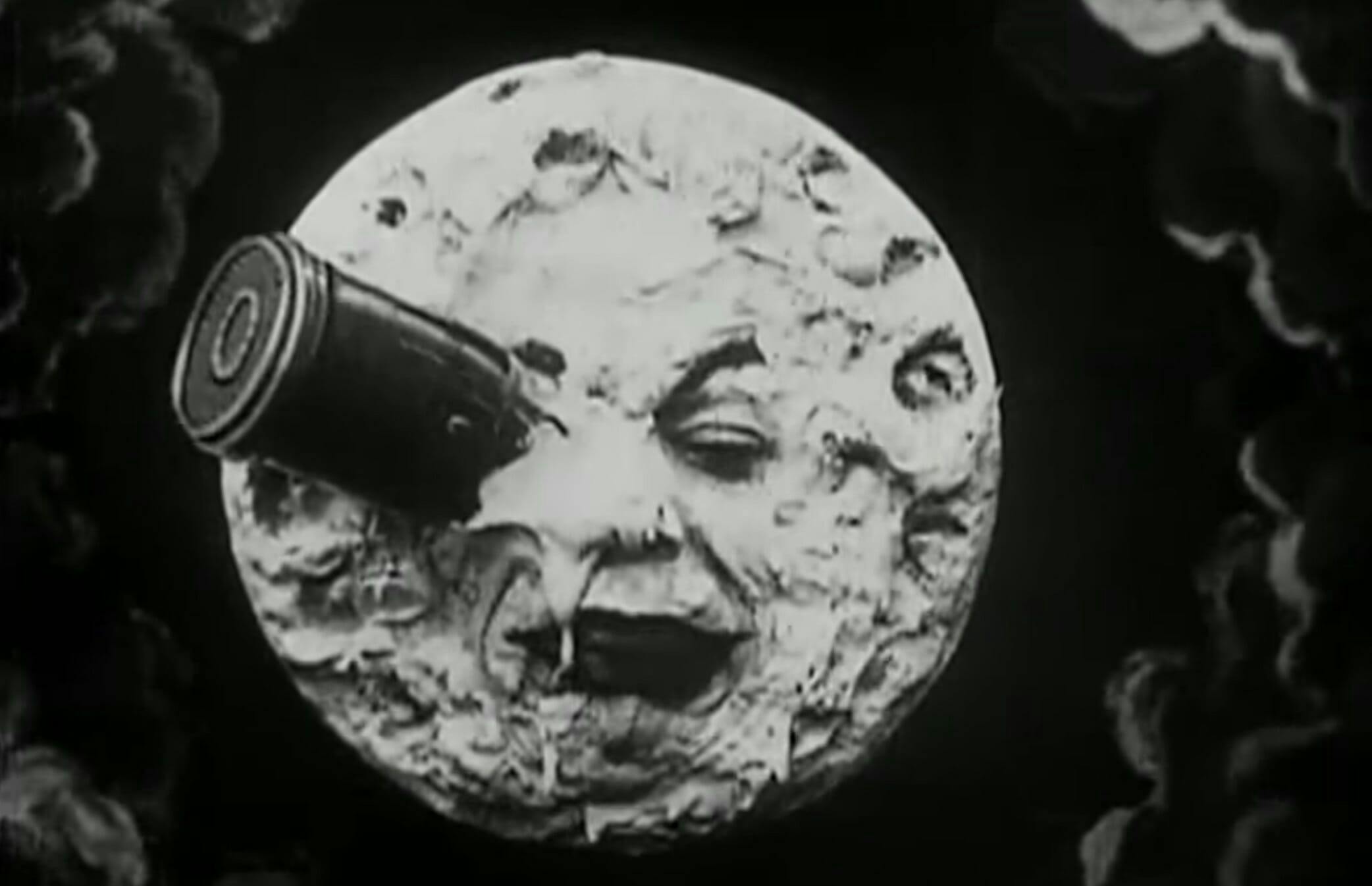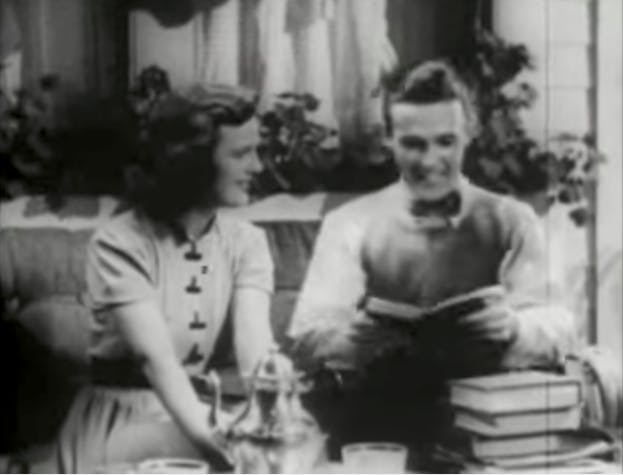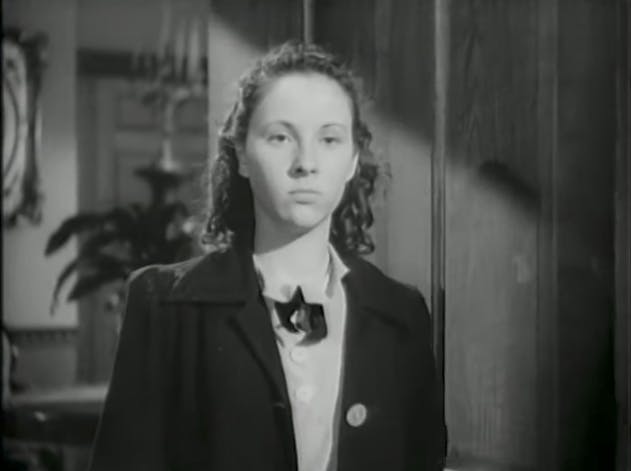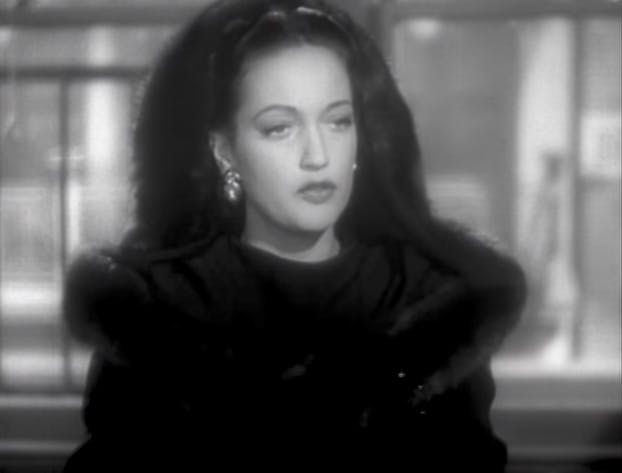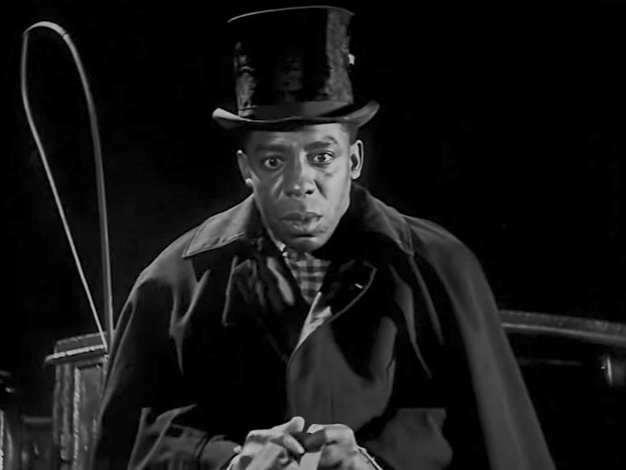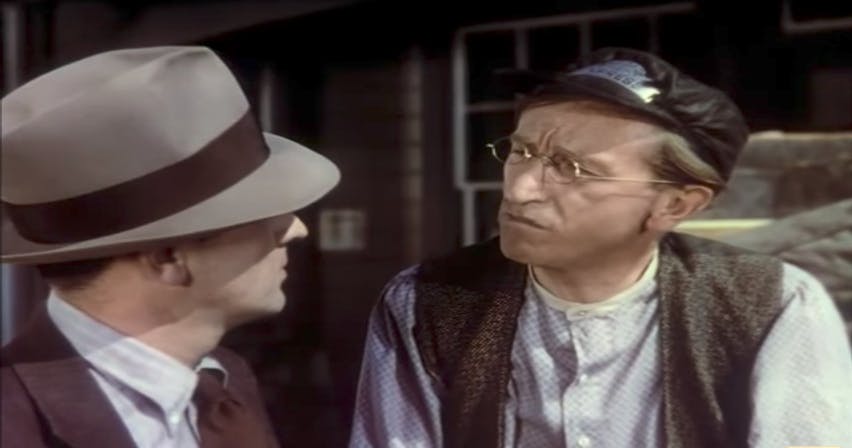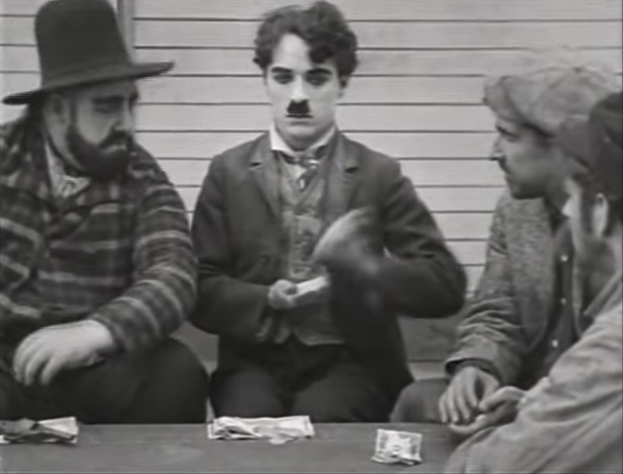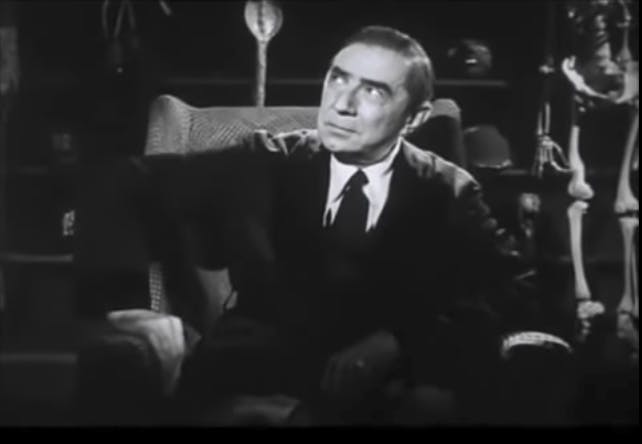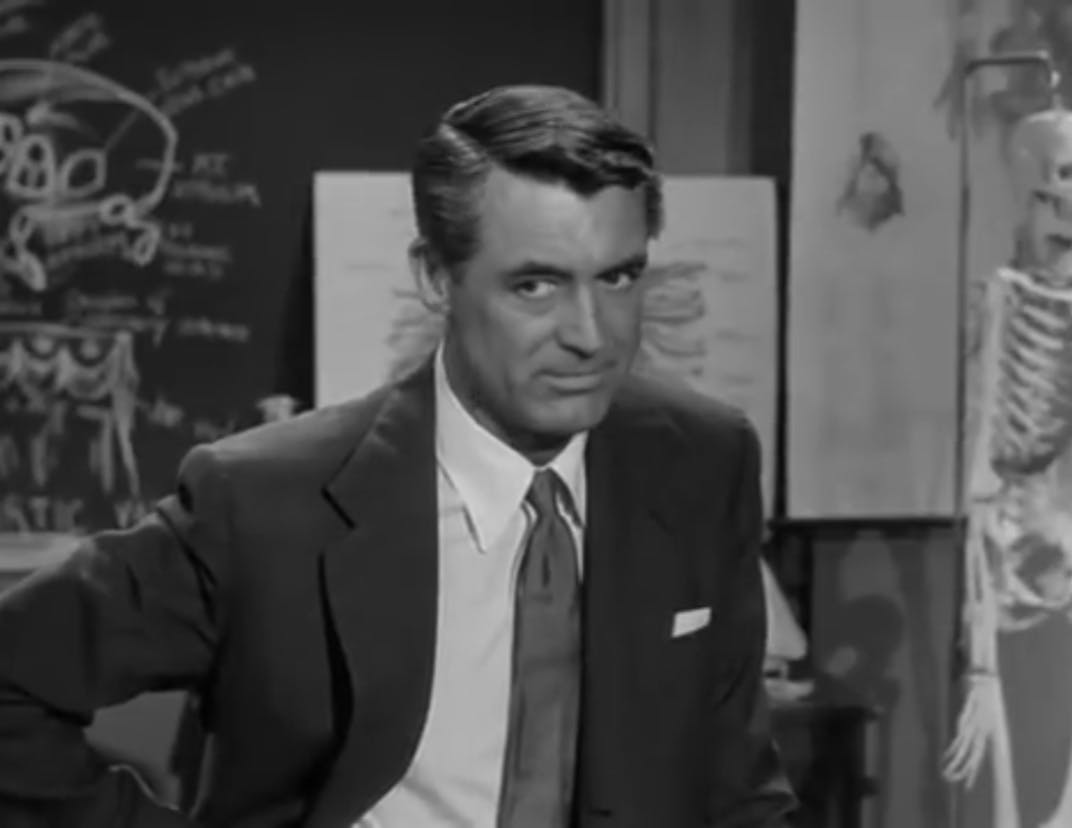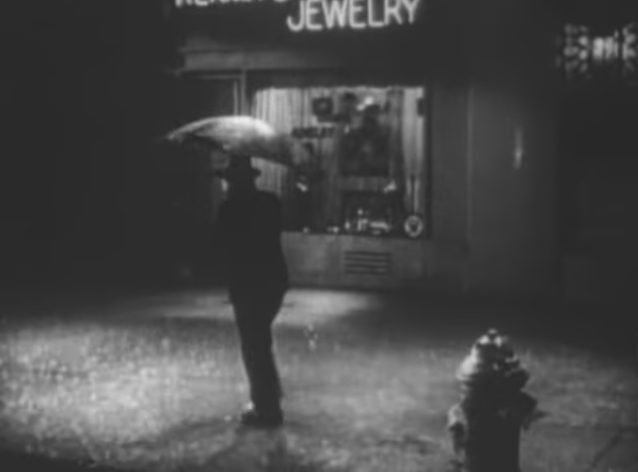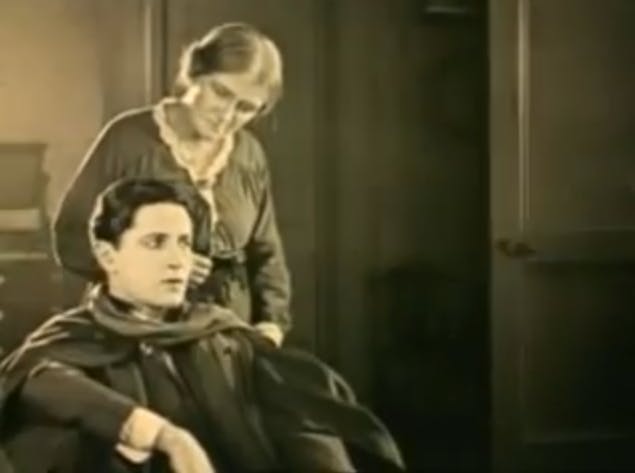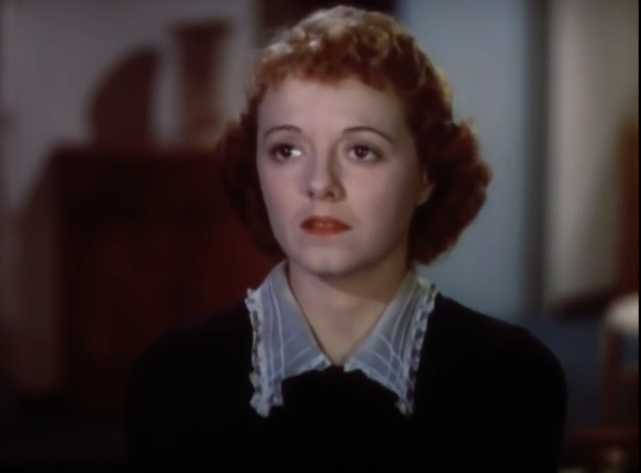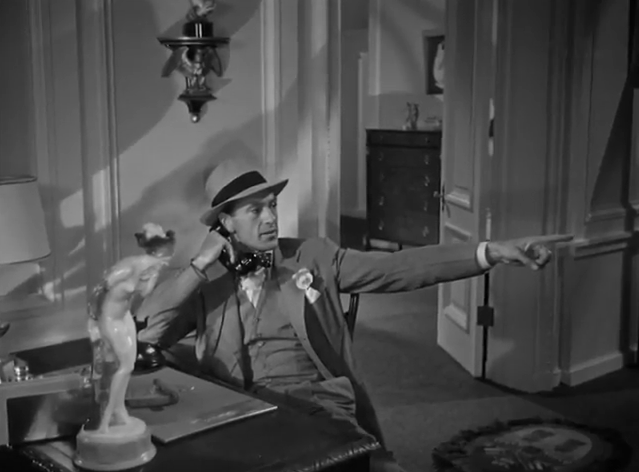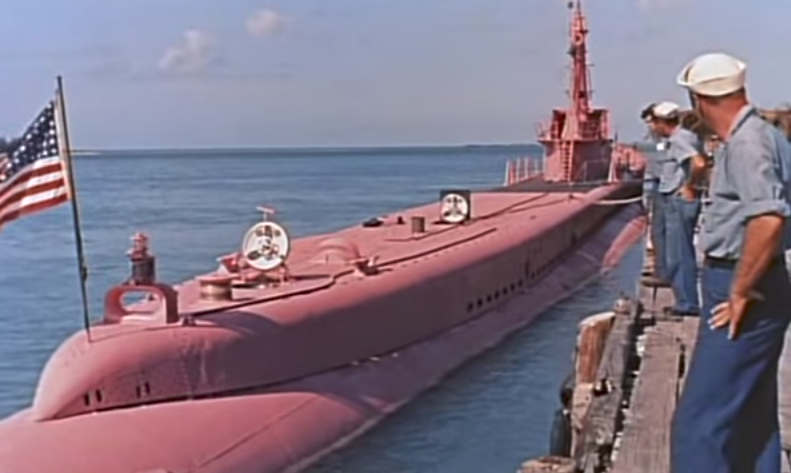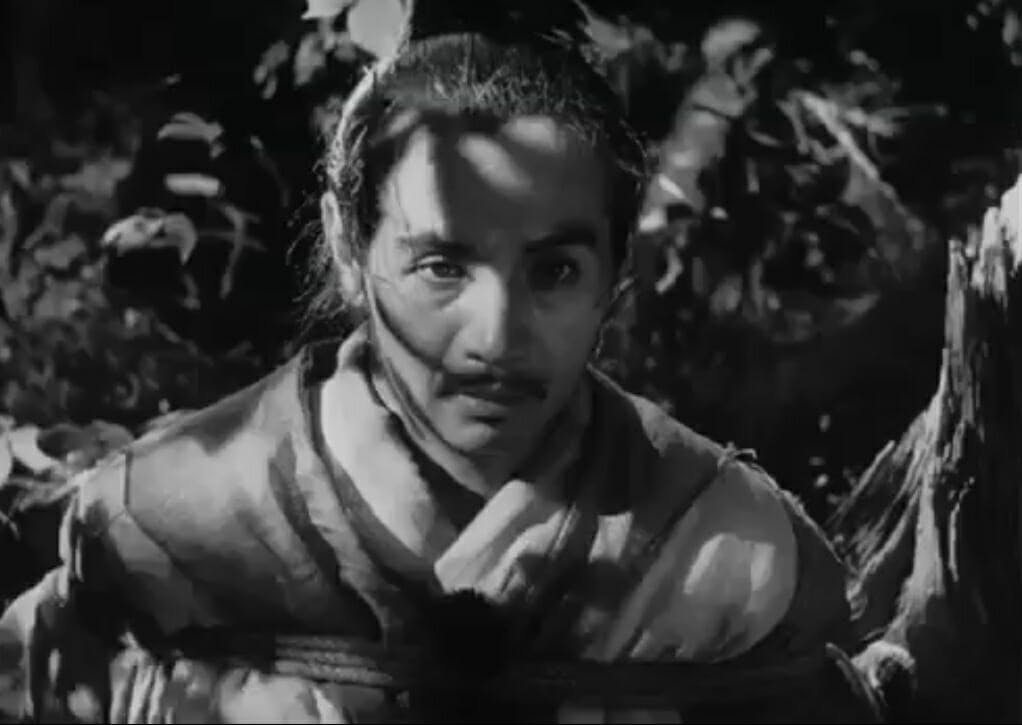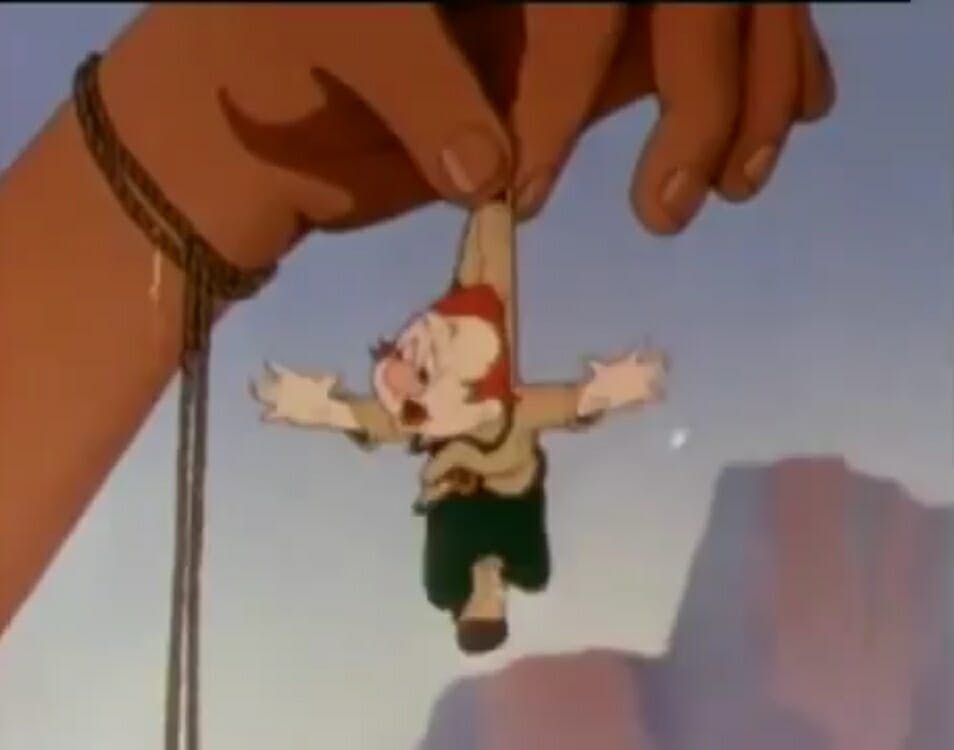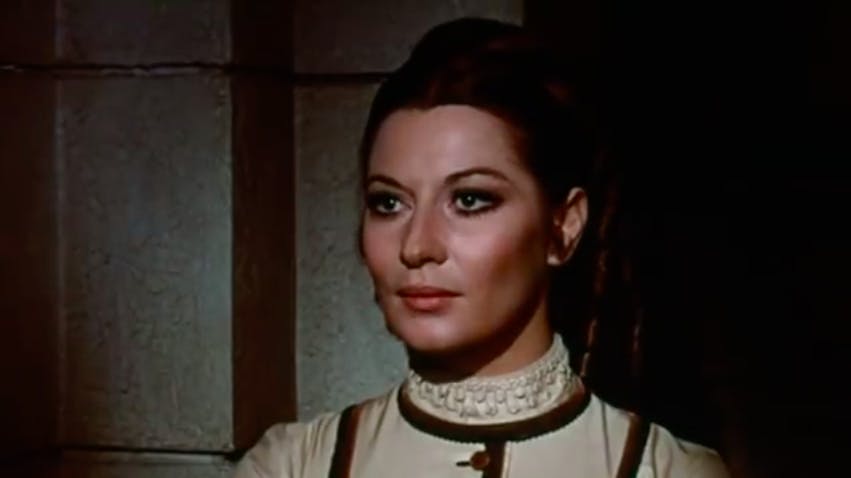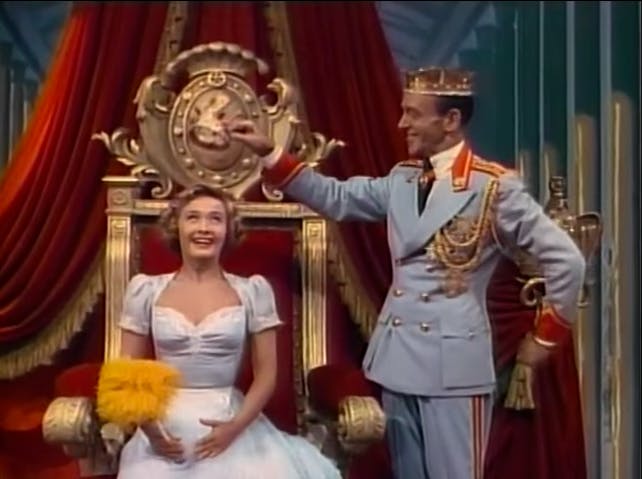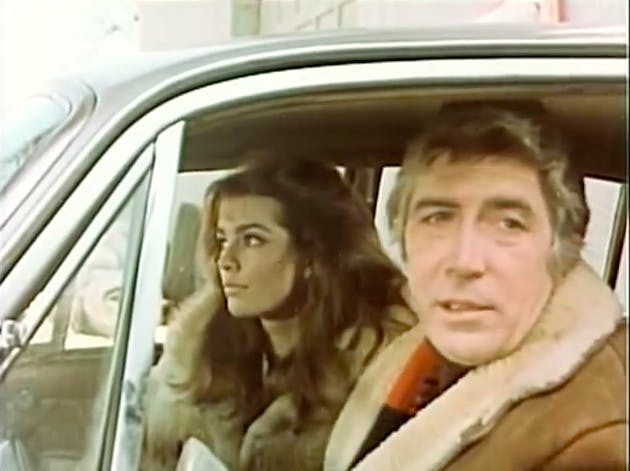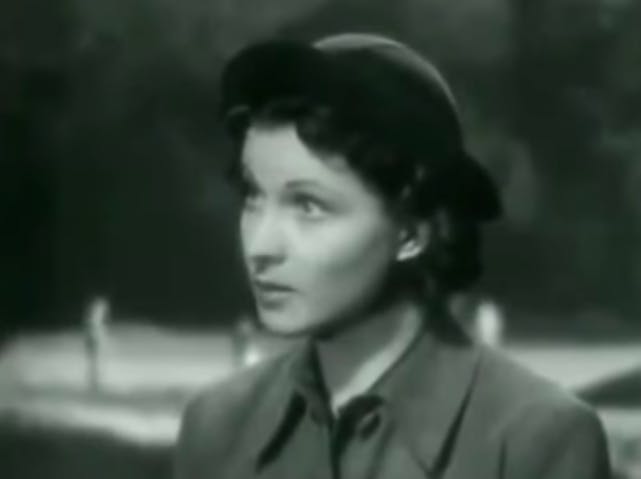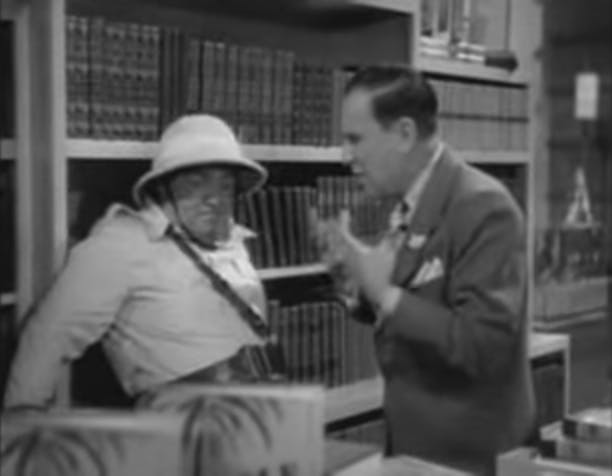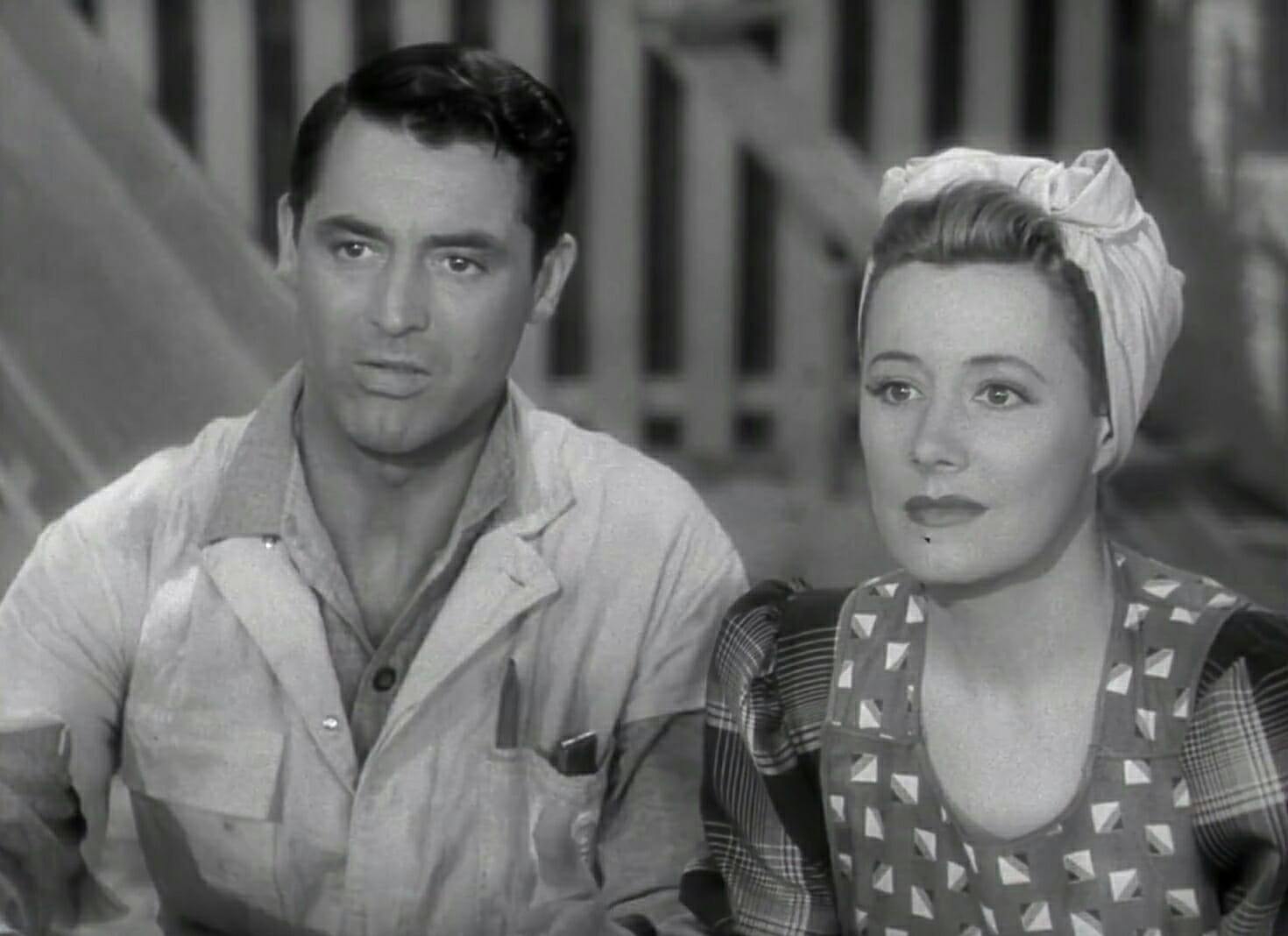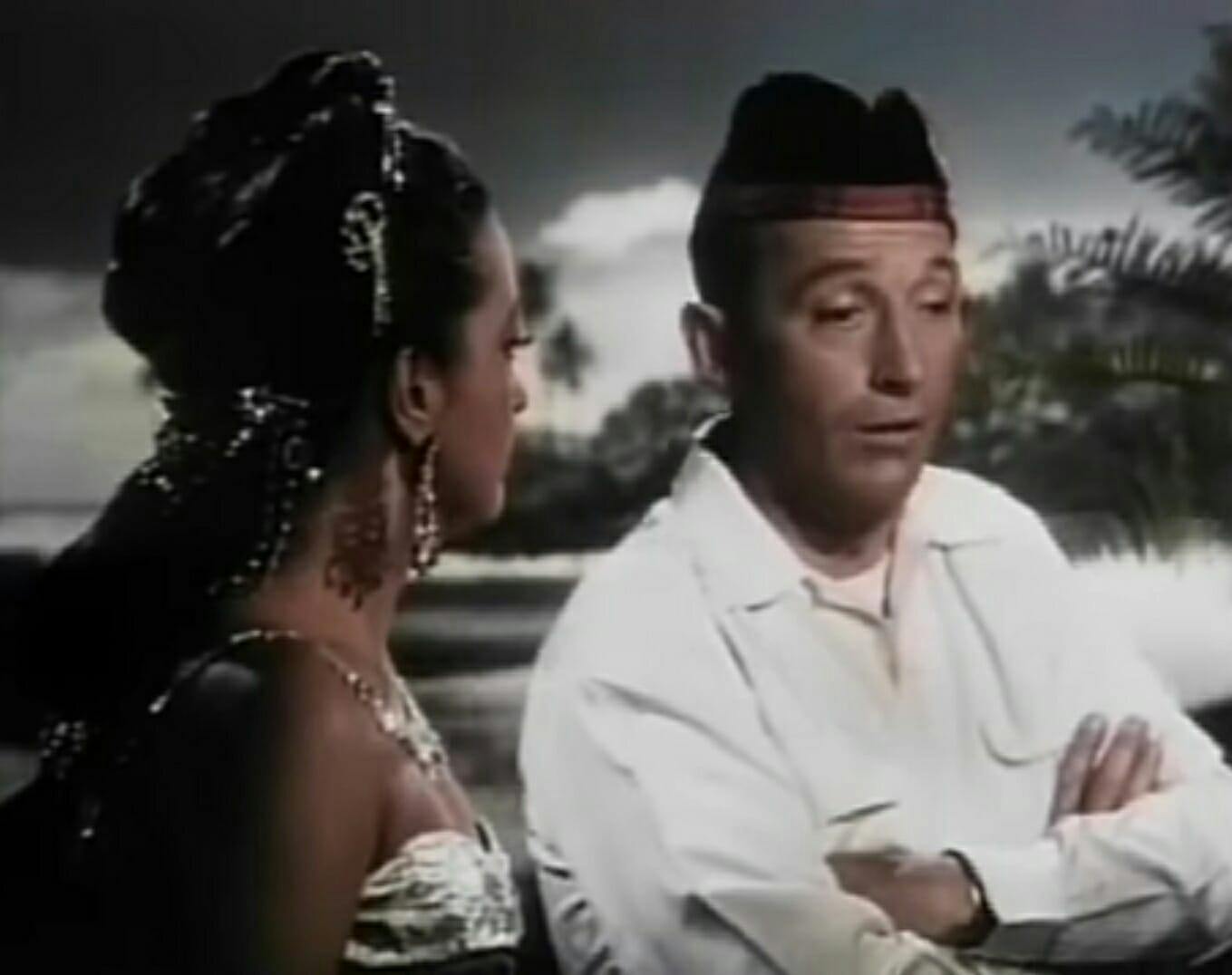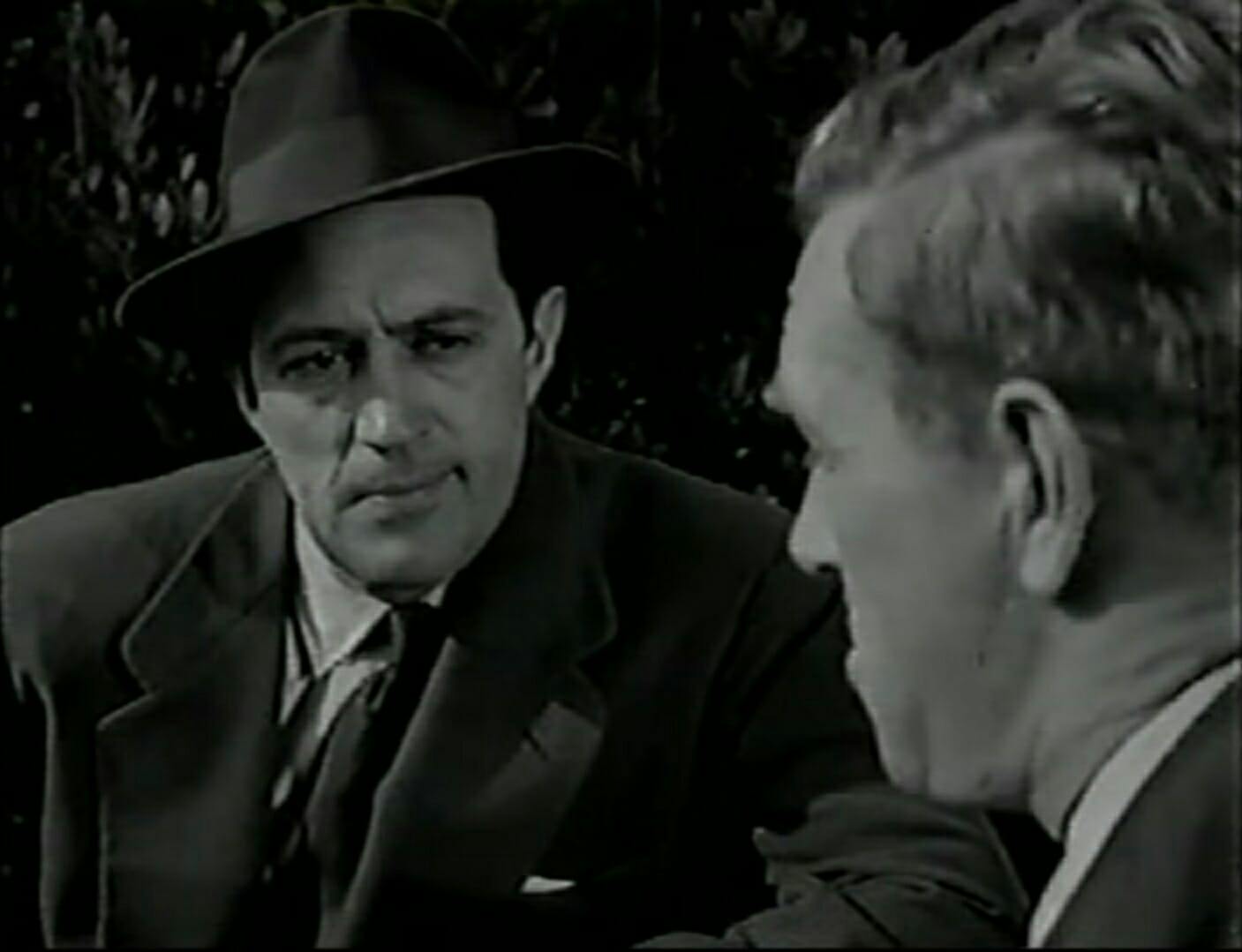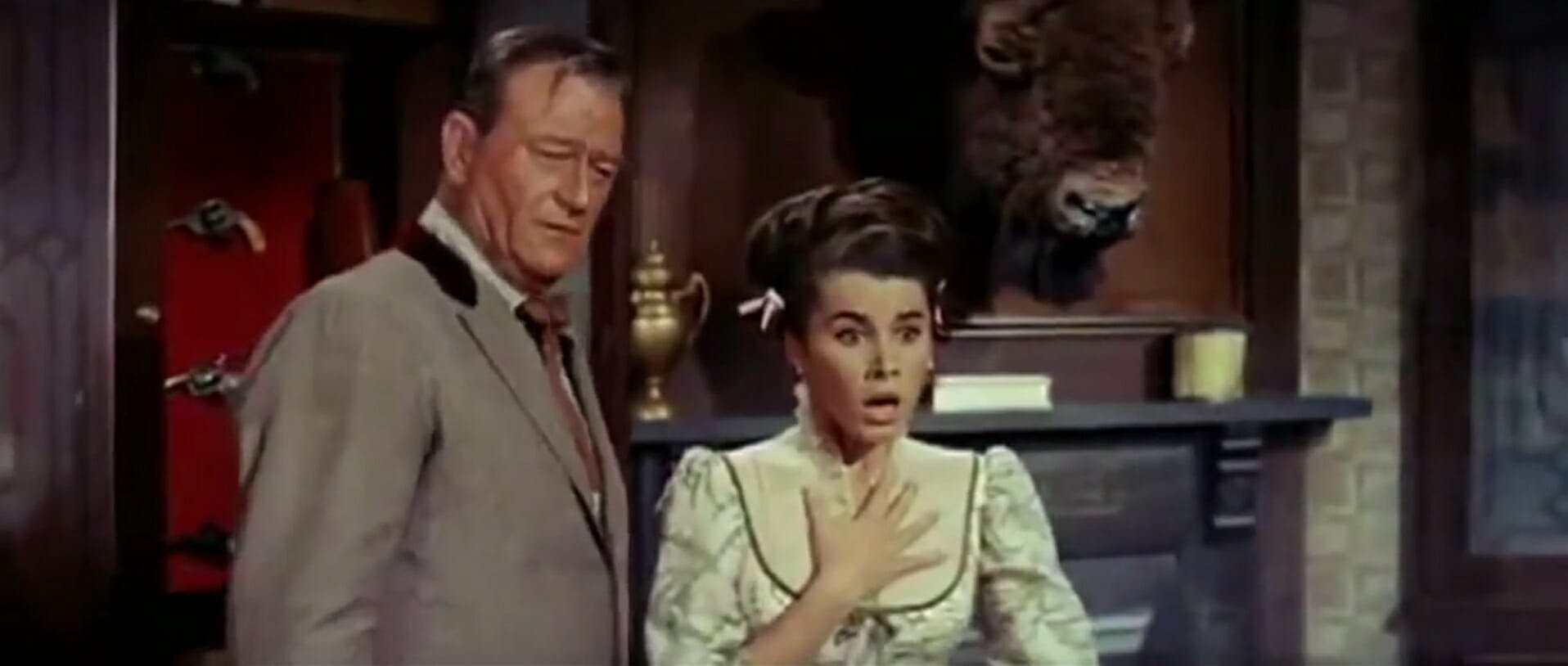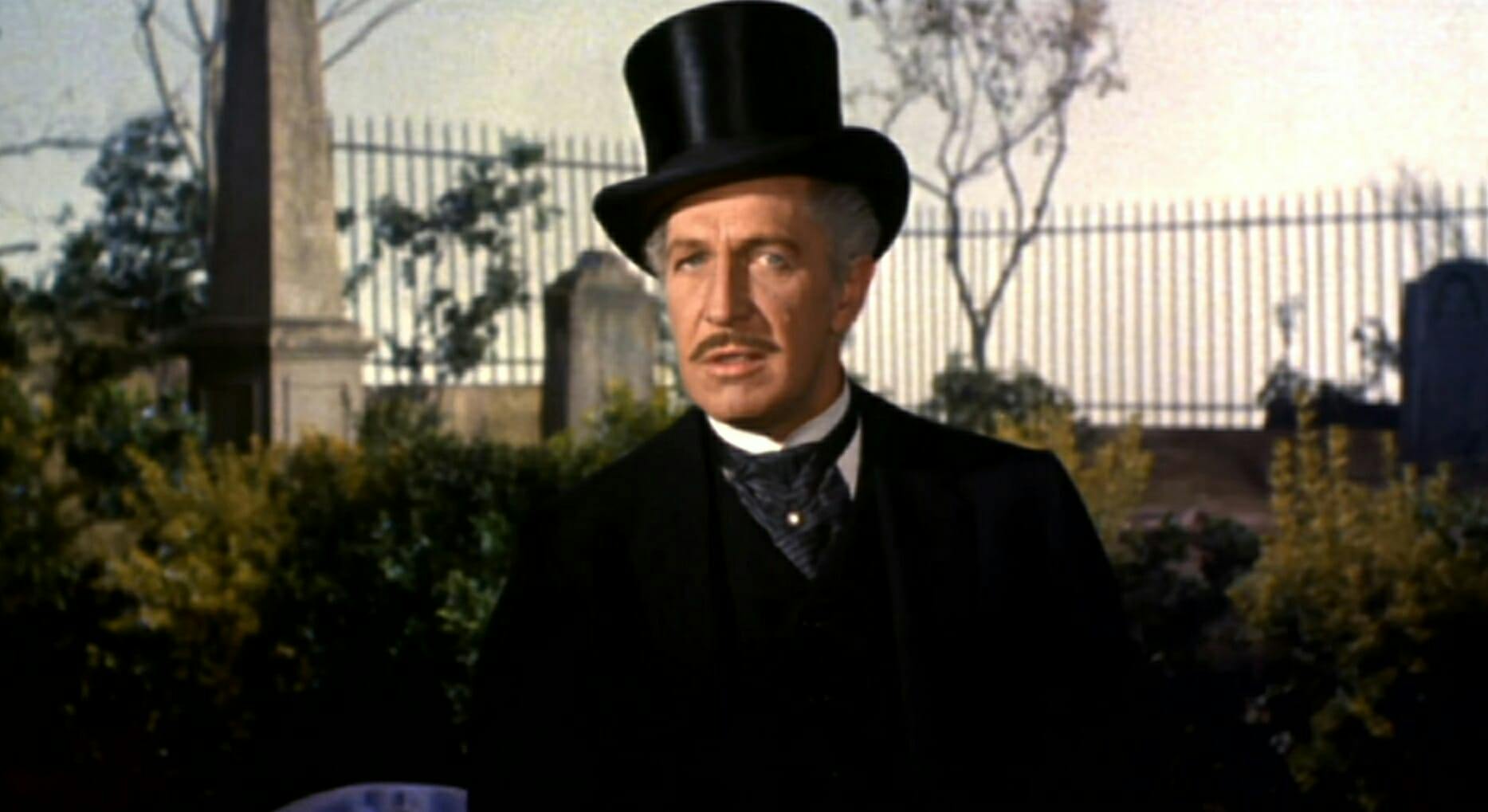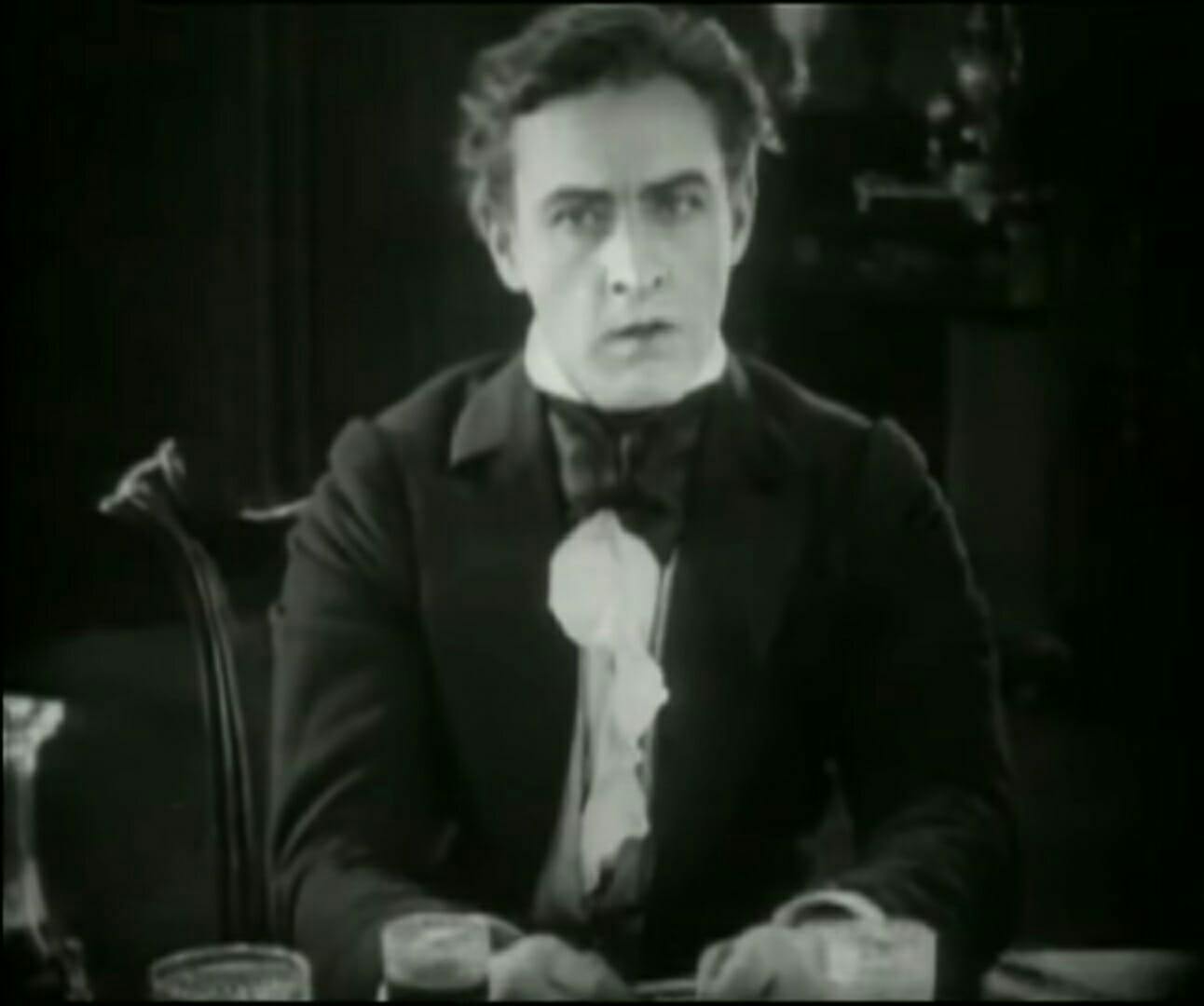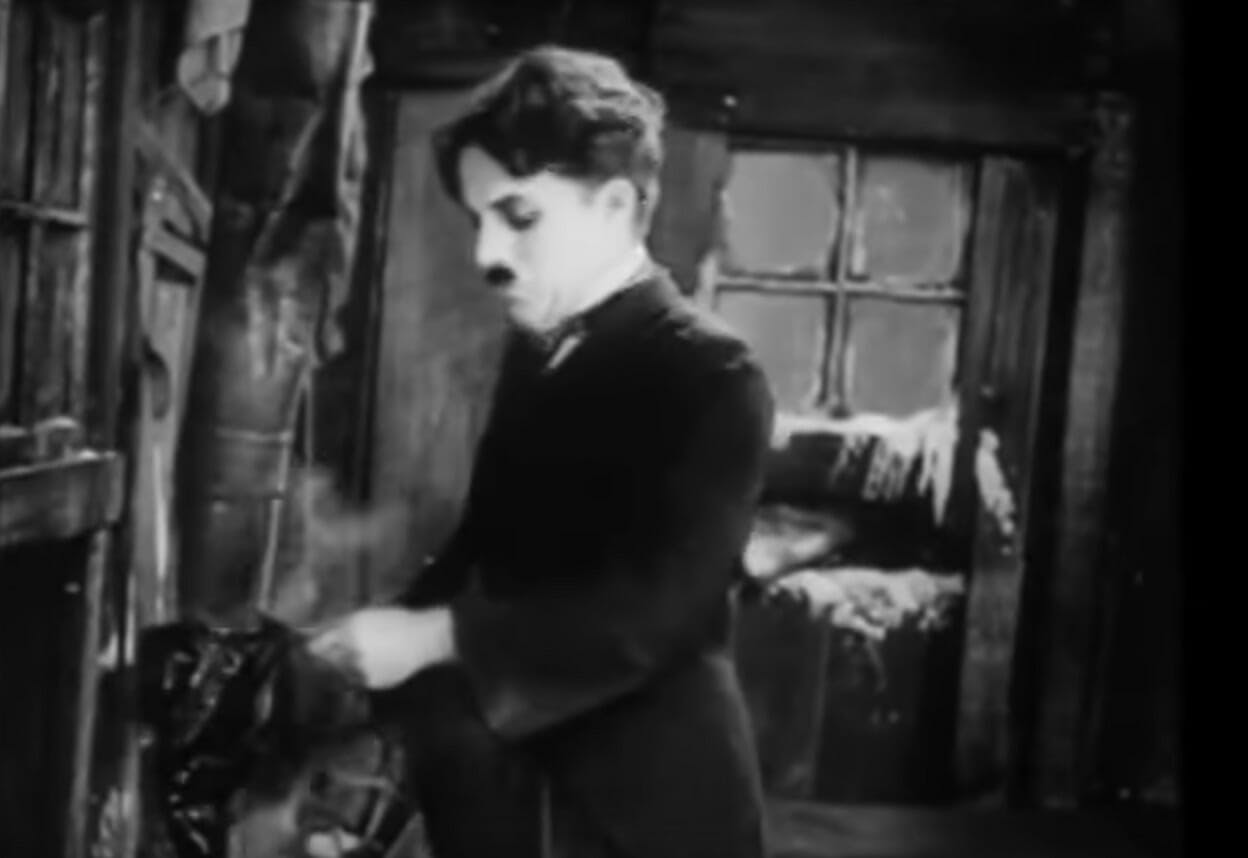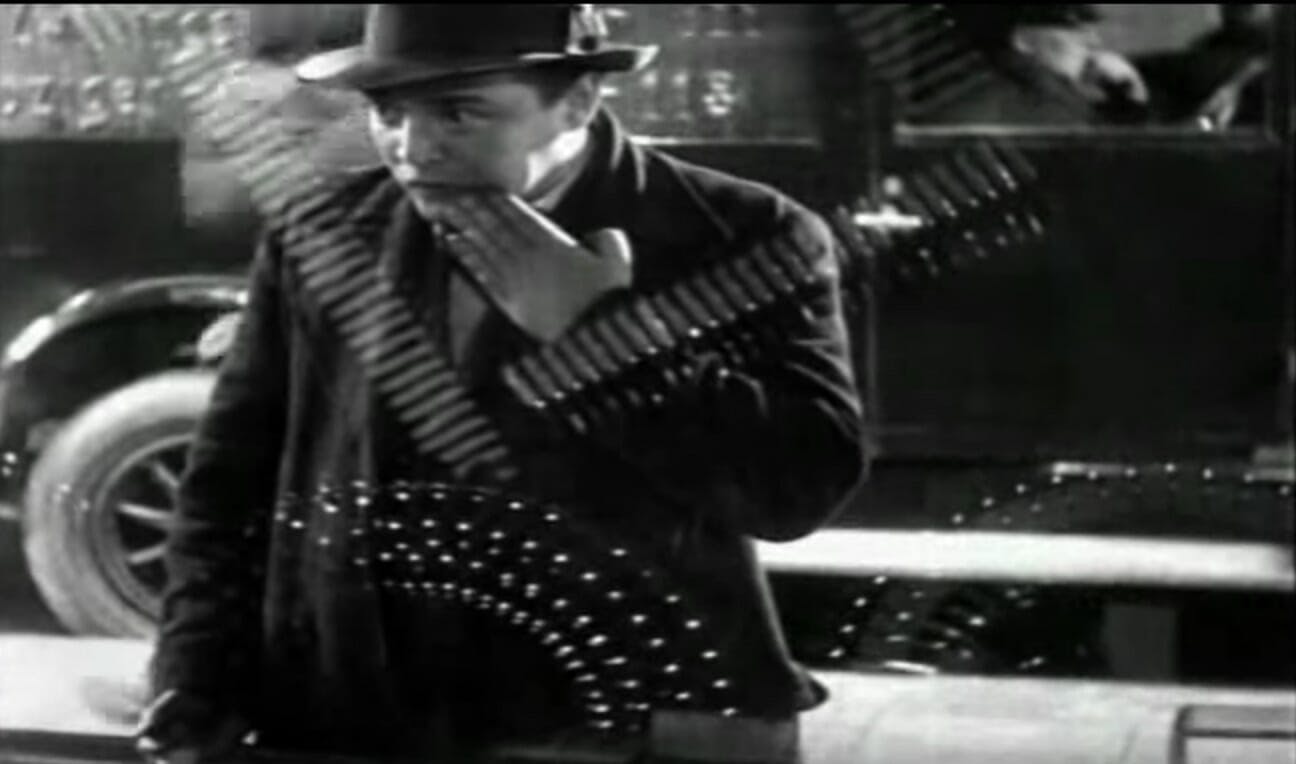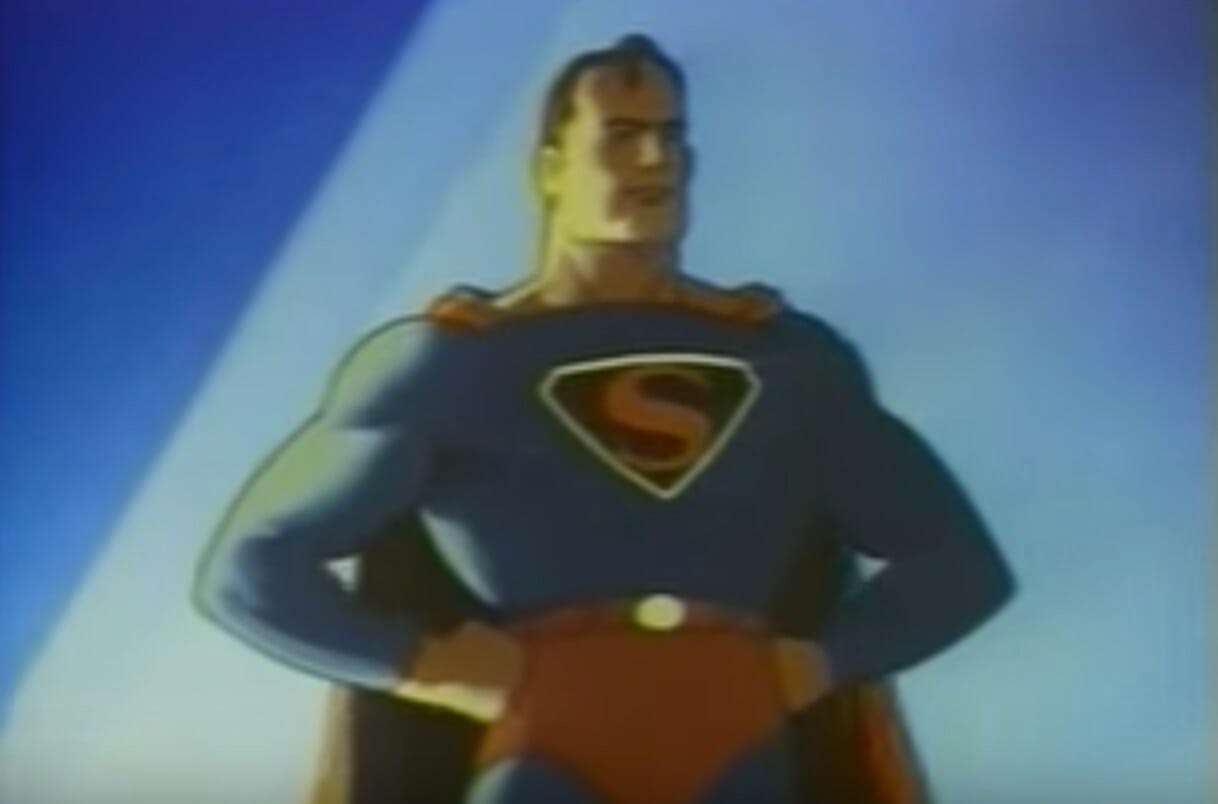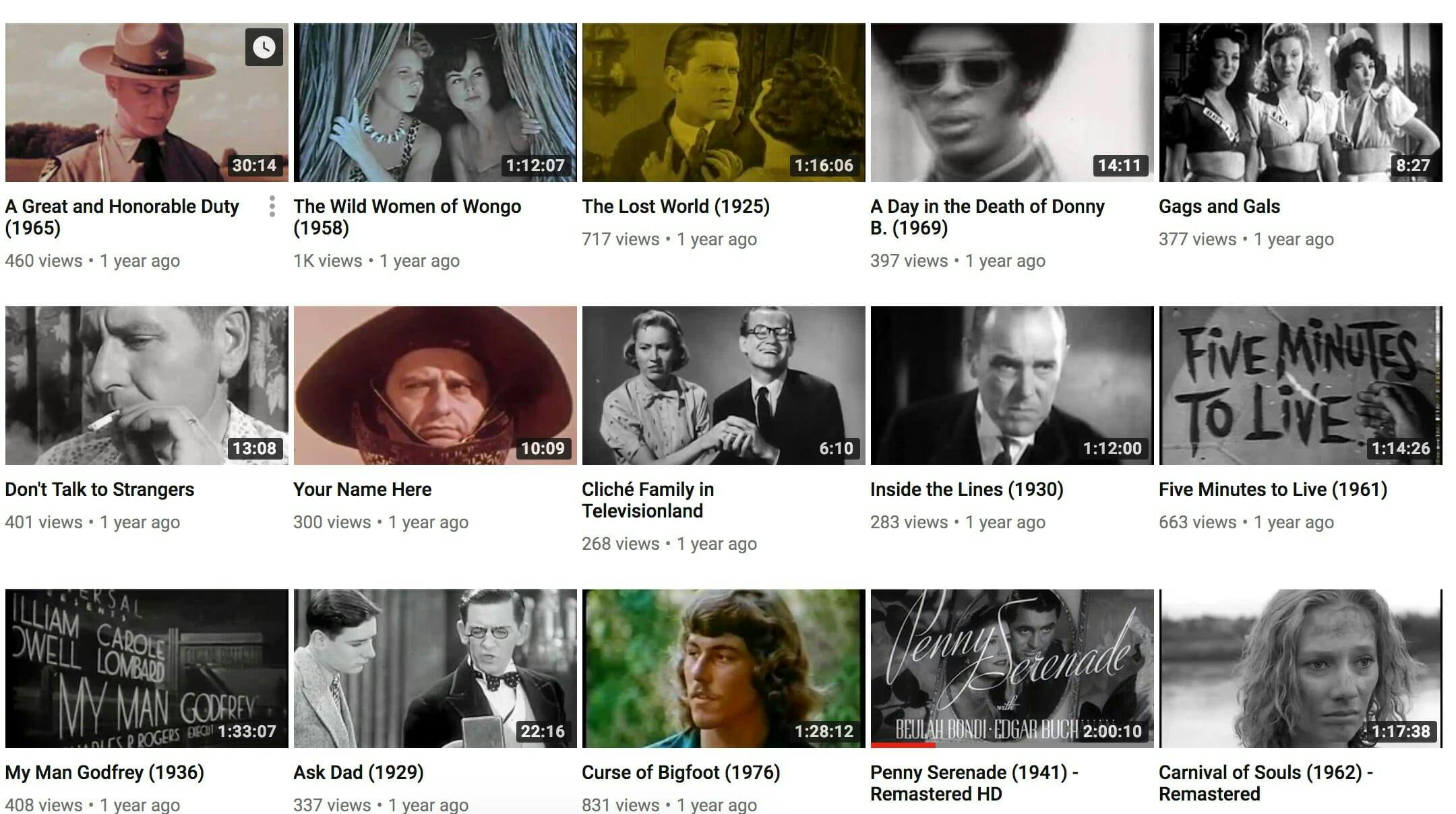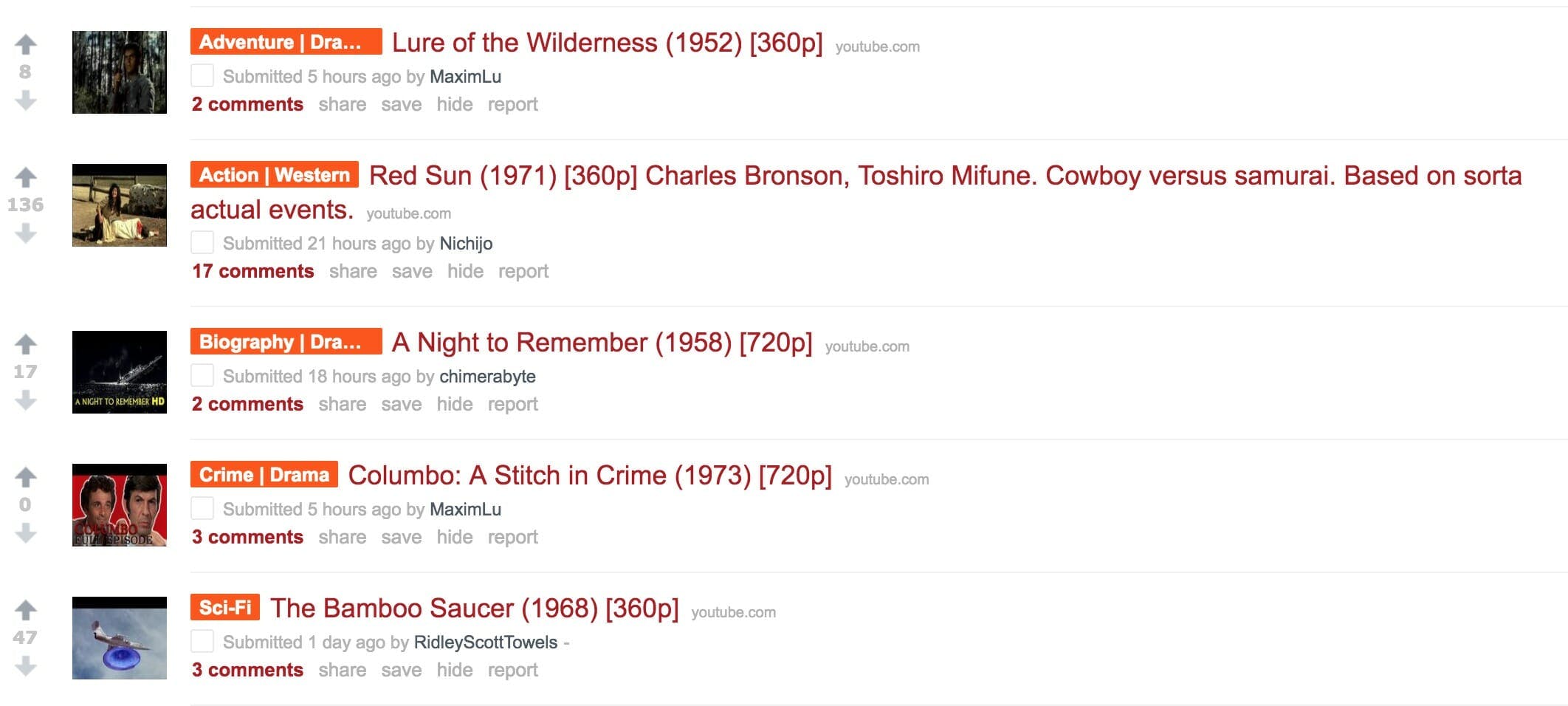Streaming platforms like Netflix, Hulu, and Amazon Prime have made a wide array of beloved cinematic classics available to an unimaginably massive audience. You don’t, however, have to pay for a subscription service to watch great movies. Thanks to the glory of the public domain, you can watch an enviable roster of full movies on YouTube for free (and completely legally, we promise). Below you’ll find some of our favorite old movies on YouTube. Just click on the title to be taken to the full movies on YouTube. We’ll also show you how to find free full-length classic movies on YouTube.
The best free old movies on YouTube
1) Carnival of Souls
James Wan’s 2011 horror sleeper hit Insidious was famously inspired by this low-budget effort from prolific short-film director Herk Harvey. Filmed for just $20,000, Carnival of Souls has proven a major influence on directors George Romero and David Lynch, who seemed to draw on the film for his hypnotic 1997 effort, Lost Highway. The film—about a woman who finds herself haunted by an inescapable evil following a tragic car accident—is odd and hard to pin down, but that’s precisely part of its ineffable appeal. Its surreal atmospheric pleasures should be catnip for fans of better-known movies from the period—like Samuel Fuller’s Shock Corridor or Kiss Me Deadly (another Lynch favorite).
2) Detour
While the low-budget film noir was well-reviewed upon its 1945 release, Detour has only grown in critical acclaim in the years since. Filmed in just six days, it’s hard to believe that this dark tale of blackmail gone wrong survived the harsh censorship of the Hays Code era. Playing a particularly devilish femme fatale, Ann Savage (much later seen in Guy Maddin’s masterful My Winnipeg) became a cult icon. Savage’s Vera hitches a ride with Al (Tom Neal), whom she comes to believe has murdered a bookie. And in the grand tradition of film noir, she plans to use that to take everything—or almost—everything he’s got. As Vera would put it, “I don’t wanna be a hog!”
3) The General
Like many future landmarks, Buster Keaton’s The General was a financial flop and received poor reviews from critics after it initially debuted in theaters. However, The General went on to be known as the finest work in its director’s distinguished career, and Citizen Kane director Orson Welles emphatically claimed it was the greatest movie ever made. It’s easy to see why: The General offers some of the cinema’s most nimble physical comedy (Keaton did all of his iconic stunts for the film, which includes jogging on top of a moving train), as well as its star’s trademark deadpan charm. If you’re a fan of Charlie Chaplin or the Marx Brothers, you can’t miss it.
4) His Girl Friday
One of the funniest, fastest movies ever made, His Girl Friday is to dialogue what Gravity was to special effects—an utter miracle. If you’re a fan of the fast-talking dames on Gilmore Girls, test yourself by trying to keep up with the motor-mouthed wit of Cary Grant and Rosalind Russell, playing star-crossed news reporters. Speaking in the movie’s trademark overlapping dialogue, the two share some of the sharpest barbs ever written. Take this exchange: Hildy (Russell) is explaining to Walter (Grant) why she’s marrying another man. She says, “He treats me like a woman.” Walter Burns: “Oh, he does, does he? How did I treat you? Like a water buffalo?”
When they say they don’t make ’em like this anymore, His Girl Friday is what they mean.
5) House on Haunted Hill
Between movies like House of Wax (not the Paris Hilton one), The Fly (not the Geena Davis one), and House on Haunted Hill (not the Chris Kattan one), Vincent Price carved out a niche for himself as the maestro of macabre horror. Price’s eerie yet alluring screen presence is unmatched in cinema, and this film—about a millionaire who pays a group of people to stay overnight in his spooky old house—is the perfect blend of retro horror and vintage camp. Those looking for more gems in Price’s massive filmography would be advised to check out his playing-it-straight roles in The Song of Bernadette and Laura, which gave Price a chance to show the fine actor underneath the steely kitsch.
6) Little Shop of Horrors
The later Frank Oz–directed musical is the rare adaptation that improves on the original—buoyed by Rick Moranis and Ellen Greene’s nebbish charms—but the original also stands on its own two… vines? Boasting one of Jack Nicholson’s first screen appearances, the 1960 Little Shop of Horrors is more straightforwardly comic than other entries in the Roger Corman catalog. However, the film’s off-kilter, dark humor is well-suited to the tale of a bumbling florist who unwittingly creates a carnivorous plant, and Little Shop quickly gained cult popularity through regular television broadcasts in the 1960s and ’70s. For those with a taste for the absurd, it remains a delight five decades later.
7) Manos: The Hands of Fate
Manos: The Hands of Fate had the rare distinction of being—for a brief, beautiful time—the worst movie ever made. Manos formerly topped (?) IMDb’s Bottom 100 list, a user-reviewed ranking of film’s lowest of the low. (The current “champ” is something called Code Name: K.O.Z.) Like fellow IMDb honoree Birdemic: Shock and Terror, Manos has to be mocked to enjoy because—and I cannot stress this enough—parts of it are excruciatingly boring. One scene features seven nearly unbroken minutes of the characters driving. But there’s a reason it’s become an MST3K favorite: It introduced the world to Torgo, a twitchy satyr who works as the groundskeeper for a polygamist cult, and the Master, whose bizarre wardrobe reminds me that it’s never too early to pick out my Halloween costume for next year.
8) Yuma
From the factory line of super producer Aaron Spelling comes 1971’s Yuma, a Western starring Clint Walker. Walker plays Marshal Dave Harmon, a man with a tragic past sent to Yuma and tasked with bringing order to the lawless town. Yuma is a short film, clocking in under 80 minutes, but a solid trip into the past. If you’re a fan of Westerns, Yuma is right up your alley. —Eddie Strait
9) My Man Godfrey
If you had to put a gun to my head and ask me what my favorite comedy is, this is probably what I would blurt out first. The inimitable Carole Lombard is daffy perfection as Irene Bullock, a spoiled socialite who adopts a hapless homeless man (William Powell) as her pet projection—and hires him as the family butler. There’s a certain Wodehousesque weightlessness to the whole thing, as if the movie could float away at any time, but don’t let that distract you from how dense this movie is—with mad screwball humor, with fully realized characters, and with life itself.
10) Night of the Living Dead
While Victor Halperin’s White Zombie is widely credited as the first zombie movie, Walking Dead fans have George Romero to thank for starting the modern zombie craze with this landmark 1968 horror film. The low-budget indie was filmed for just $114,000 and grossed $12 million in the U.S., making it one of the most profitable movies ever made, never mind an enduringly influential cult classic. Night of the Living Dead was a critique of discourses of race and social taboos, as well one of few movies in the era to cast a black actor in a lead role. While Romero’s film would launch a successful film franchise for the director (last seen in 2009’s Survival of the Dead), this will forever be remembered as the maestro’s finest hour.
11) Nosferatu
Nosferatu is, for my money, still the most chilling horror film to grace the big screen. For F.W. Murnau’s considerable gifts as a director—he also filmed Sunrise: A Song of Two Humans, the first movie to ever win Best Picture—the movie lives and dies on Max Schreck’s utterly incredible performance as the titular bloodsucker. Here’s the ultimate indication of just how good Schreck is here: Shadow of the Vampire, a 2000 film starring Willem Dafoe and John Malkovich, suggested that Max Schreck was an actual vampire. That film is, of course, a work of fiction, but let’s just say this: I would never have wanted to be alone in a dark alley with Schreck to find out.
12) Of Human Bondage
The best adaptation of W. Somerset Maugham’s novel on screen, 1934’s Of Human Bondage is a must for fans of Bette Davis (read: Kim Carnes listeners, gay men, old ladies). This was Davis’s breakout role and her very first Oscar nomination (prior to her consecutive wins for Dangerous and Jezebel) for a performance that has nothing to do with S&M—not that there’s anything wrong with that. Davis plays Mildred, the manipulative, low-class object of Philip Carey’s (Leslie Howard) affections, and owns every scene she’s in—especially in a bedroom confrontation where she destroys all of Philip’s things and storms out. Even when she’s playing basically the worst person on Earth, Bette Davis makes it look good.
13) Plan 9 From Outer Space
This might be an unpopular opinion, but for as “bad” as Ed Wood Jr.’s movies are—he’s often hailed as the worst director in film history—there’s a certain demented brilliance to them. For the mind-numbing mundanity of Glen or Glenda, the film features an unforgettably bizarre segment of Bela Lugosi (who is God, maybe?) pulling the strings of humanity. Plan 9 From Outer Space features a now iconic image of poorly made spaceships—that are made out of pie plates or hubcaps, depending on who you ask—hovering languidly over Los Angeles. Not a single scene or plot development in this movie makes any sense—and the dialogue is famously atrocious—but it appears to unfold over its weird dream logic.
14) The Last Man on Earth
Richard Matheson’s I Am Legend is one of the great stories still in need of a worthy film adaptation. Unfortunately this 1964 attempt comes up short. But it’s an interesting failure. Vincent Price stars as Dr. Robert Morgan, the (seemingly) last human alive amidst a world full of vampires. Matheson wrote the script, but asked to be credited by a pseudonym when he became displeased with the final product. Regardless, until the story gets the film treatment it deserves, The Last Man on Earth has enough things working in its favor to make it worth your time.
15) A Trip to the Moon
1902’s A Trip to the Moon is not the kind of movie you’re going to watch over and over again. But whether you’re a casual film fan or a diehard cinephile, Georges Méliès 15-minute groundbreaking sci-fi work should be watched by everyone at least once—and it’s easy to now that the full movie is free on YouTube. A Trip to the Moon is so iconic that you’ve surely seen its most famous image before whether you knew where it came from or not. Scorsese fans will also be familiar with Méliès from how prominently he figures into 2011’s Hugo. —Chris Osterndorf
16) Reefer Madness
Reefer Madness holds a rare distinction: It might be the first so-bad-it’s-good movie to become a hit precisely because of its delicious awfulness. Originally filmed as a morality play about the dangers of drug addiction, Reefer Madness (which was also known as Tell Your Children, Doped Youth, and Love Madness) is so over-the-top that it may have convinced more young people to try drugs than stay off them. In one famous scene, a man smoking marijuana demands that his girlfriend play him a tune on the piano, yelling: “Faster, play faster!” The movie about a “new and deadly menace lurking behind closed doors!” would become a staple of the midnight movie circuit in the 1970s, as well as a frequent target of parodies. The most famous is Reefer Madness: The Musical, a tongue-in-cheek remake starring Kristen Bell, Alan Cumming, and Neve Campbell. It aired in 2007 on Showtime.
17) The Strange Love of Martha Ivers
Barbara Stanwyck is a national treasure. Over the course of her six-decade career, she proved she could do just about anything: thrillers (Sorry, Wrong Number), melodrama (Stella Dallas), romance (My Reputation), and screwball comedy (The Lady Eve, Ball of Fire). But as Billy Wilder’s Double Indemnity proved, the versatile actress is never better than when she’s bad: Stanwyck added to her roster of femme fatales with the impeccable The Strange Love of Martha Ivers—about a young girl, Martha (Stanwyck), who inadvertently kills her domineering aunt. Years later, Martha ends up in a loveless marriage with the boy (Kirk Douglas, in his first film role) who helped corroborate her story. But as the lovers find out, the past will come back to haunt them.
18) My Favorite Brunette
Film noir parodies have always been a favorite of comedy filmmakers. There’s High Anxiety, Mel Brooks’ inspired riff on Hitchcock films like Vertigo and The Birds, while the Steve Martin-starring Dead Men Don’t Wear Plaid lampooned The Big Sleep, White Heat, and The Postman Always Rings Twice. Taking time off from his partnership with Bing Crosby, Bob Hope made My Favorite Brunette, both a sendup and a love letter to gumshoes, fast-talking dames, and the dirty deeds that come between them. Directed by Elliott Nugent, My Favorite Brunette is about a wannabe private eye (he’s actually a baby photographer) who dreams of being the next Mike Hammer or Philip Marlowe. He gets his chance when an enigmatic woman mistakes him for a detective and hires him for his first—and probably last—job. My Favorite Brunette is by no means a masterpiece, but it’s a winning diversion.
19) White Zombie
For horror movie buffs, White Zombie is unmissable. Before George Romero and The Walking Dead, this 1932 film kickstarted the zombie movie genre. Although White Zombie was very negatively reviewed upon its release (one critic called it “an unintentional and often hilarious comedy”), the early independent feature—set in Haiti—has an eerie hypnotic pull. Bela Lugosi plays a local voodoo master who transforms a visiting American woman (Madge Bellamy) into a zombie by putting her into a mysterious trance. White Zombie has none of the undead brain-eaters fans would come to associate with the generic form, but if you can get past the hammy overacting, the film succeeds on its own charms. It would become such a cult hit in the U.S. that White Zombie even became a favorite of the Nazi Party, one of the few American films that was given the Third Reich’s seal of approval.
20) Nothing Sacred
If you can forgive the hideous technicolor, Nothing Sacred is a comic miracle. The 1937 film, directed by William A. Wellman, was the first screwball comedy to be shot in color, and, well, it shows. However, if you watch it in black-and-white, you can focus not on how it looks but how it sounds. Ben Hecht, then the hottest screenwriter in Tinseltown, amassed a dream team of writers to pen the screenplay, including Budd Schulberg (On the Waterfront) and Dorothy Parker, the acid-tongued queen of the Algonquin Round Table. The incomparable Carole Lombard plays Hazel Flagg, who has received good news: She’s not dying of radium poisoning. The problem is that a struggling newspaper wants to make the “doomed girl” into a media sensation. Hazel decides to go along with it anyway. After all, how could she pass up an opportunity like that, radium or no radium?
21) The Immigrant
No relation to the Marion Cotillard-Joaquin Phoenix melodrama, The Immigrant is yet another highlight in multi-hyphenate Charlie Chaplin’s celebrated career as an actor, writer, and director. Those unfamiliar with Chaplin’s filmography would be better advised to start with classic like The Gold Rush, Modern Times, and City Lights (the latter landed on AFI’s list of the top 10 greatest movies ever made). More experienced fans of the Little Tramp, however, should check out this underrated short film. In The Immigrant, Chaplin explores the harsh realities facing workers immigrating to America in the 1910s through a wry comic lens. Just 22 minutes long, it features some of the early cinematic auteur’s most breathless physical comedy: In a famous dining hall sequence, the Tramp finds out what really happens to passengers on board when the boat is a-rocking.
22) Glen or Glenda
Like just about every movie Ed Wood, Jr. ever made, Glen or Glenda is both brilliantly transgressive and unbelievably terrible. Two years after Christine Jorgensen became the first transgender woman to transition in the public eye, Wood’s groundbreaking 1953 feature explores the difficulties of being trans in pre-Stonewall America. The film opens after Patricia, a transgender woman, has taken her own life, citing years of harassment. Wood’s film, which was autobiographical, uses Patricia’s story as a backdrop for Glen’s struggle for acceptance: Like Patricia, Glen enjoys wearing women’s clothing. He’s terrified his girlfriend will find out. Glen or Glenda (originally titled I Changed My Sex!) would be a masterpiece if Wood knew how to make a movie. Random shots of Bela Lugosi—who was close friends with Wood—were interspersed into the action apropos of nothing, in which Lugosi yells, “Pull the strings!”
Note: For a pretty good biopic about Wood, often referred to as the “worst director ever,” check out Tim Burton’s great Ed Wood, which memorably parodies Glen or Glenda.
23) People Will Talk
This Joseph L. Mankiewicz dramedy tracks the parallel stories of a medical school instructor and one of his students. Cary Grant stars as Dr. Noah Praetorius, who ends up on trial for misconduct over dubious accusations. Meanwhile, one of Praetorius’ students, Deborah (Jeanne Crain), has become pregnant and doesn’t know what to do. As their stories overlap and intertwine, Praetorius and Deborah develop feelings for each other. People Will Talk is provocative (by ‘50s standards) and still plays well today. —Eddie Strait
24) Scarlet Street
Fritz Lang is most famously known for M and Metropolis, his early German-language masterpieces. (The latter has been a particular influence on R&B singer Janelle Monae.) However, cinephiles shouldn’t neglect his later English-language films, including classics like The Big Heat (a personal favorite) and The Woman in the Window (which Paste called the best noir ever). Like the latter, Scarlet Street stars Edward G. Robinson (Double Indemnity), Dan Duryea, and Joan Bennett. As in their previous feature, Robinson plays a man in a midlife crisis who falls in love with an unattainable young woman (Bennett). There’s a catch: She’s a femme fatale and he’s her mark. The thing is, though, they’re conning each other—he’s led her to believe that he’s a wealthy painter, despite the fact that he’s just an amateur artist.
25) The Lodger
Those who dismiss The Lodger as nothing but a piece of film trivia are really missing out. The Lodger was Alfred Hitchcock’s first full-length feature film, released in 1927 with the subtitle “A Story of the London Fog.” The British master’s debut effort illustrates many of the thematic obsessions that would consume his later work (especially his complicated relationship with law enforcement). The Lodger offers the classic “wrong man” narrative Hitch would make his name on: Jonathan (Ivor Novello) rents a room from an elderly couple. Days earlier, however, a young woman was murdered by “The Avenger,” a serial killer overly based on Jack the Ripper. But if the plot is fairly simple, the visuals make up for it; The Lodger is extraordinarily striking for the period, suggesting the brilliant stylist its creator would become.
26) A Star Is Born
Your favorite version of A Star Is Born is perhaps a matter of taste. George’s Cukor’s What Price Hollywood?, a critical look at the costs of fame, has been remade three times. The most famous (as well as infamous) is Barbra Streisand’s 1976 ode to opulence—about a washed-up rock & roll star (Kris Kristofferson) and the diva who tries to save him from self-destruction (Streisand, of course). There’s also the 1952 edition with Judy Garland, also directed by Cukor. But no with disrespect to Judy, you’d be advised to start with the Janet Gaynor version. Featuring a sly screenplay by Dorothy Parker, the film pulls no punches: a shy North Dakota farmgirl lives her dreams of Hollywood stardom, only to watch it all crumble around her. For Parker, a respected New York critic who struggled to adapt to L.A. artifice, it was a subject she knew well.
27) Meet John Doe
Frank Capra made his name on films like It Happened One Night and It’s a Wonderful Life—buoyant films about the goodness of the human spirit. But it is one of the great director’s bleakest works that resonates most powerfully today. Jaded newspaper reporter Ann Mitchell (Barbara Stanwyck) invents a character, the eponymous John Doe, who symbolizes the forgotten working man, fed up with modern society. In an open letter, John Doe implores Americans to be kinder and more gracious to each other. He’s such a hit that the paper hires an out-of-work baseball player (Gary Cooper) to portray him, until John Doe’s popularity is exploited by political demagogues. It’s a bleak satire with uncanny echoes of Donald Trump, a must-see for anyone terrified about the next four years.
28) Operation Petticoat
Megastars (and mega-hunks) Cary Grant and Tony Curtis take the leads in this 1959 World War II comedy, which is perhaps best known for its setting: Aboard a giant pink submarine called the Sea Tiger. U.S. Navy admiral Matt Sherman (Grant) recalls in flashbacks the time he spent aboard the Sea Tiger during the first days of U.S. involvement during WWII. Despite having zero submarine experience, Lieutenant Holden (Curtis) joins Sherman for a wild, humorous, action-packed romp across the seas, eventually picking up several stranded Army nurses (Dina Merill, Joan O’Brien), adding some sexual tension and silly romance to a movie mostly about Navy men on a beaten-down submarine.
29) Rashomon
Akira Kurosawa’s Rashomon is the best kind of film homework. It’s a film works you over emotionally and tests the audience’s ability to piece together stories and see through misdirection. It’s about a group of people all telling their versions of a murder, all while trying to uncover the truth. The story grows more complex and rich with each iteration. It’s a fascinating use of perspective and editing, and watching a master like Kurosawa work is always a treat. —Eddie Strait
30) Gulliver’s Travels
Following on the heels of Snow White and the Seven Dwarfs, Gulliver’s Travels was the second animated film produced in America. The tale of Gulliver and his expeditions is something of a holiday staple, or at least it was. Either way, it doesn’t have to be the holiday season to justify watching it. Whether the movie works for you or not, it’s worth checking out as a historical artifact at the very least. —E.S.
31) Lady Frankenstein
An Italian movie that is similar in aesthetic to the films coming from Hammer Studios in the late 60s and early seventies. While Lady Frankenstein isn’t particularly great, it is an informative experience. It’s interesting to see how a different culture takes on the story of Frankenstein. It stars Joseph Cotton, of The Third Man fame, as Baron Frankenstein. The movie gets pretty crazy once the bodies start piling up.
32) Royal Wedding
This MGM musical from 1951 stars Fred Astaire and Jane Powell as siblings looking to take their successful Broadway show across the pond. The movie delivers classic Astaire dance numbers that will delight longtime fans and first-time viewers alike. Royal Wedding was nominated for an Academy Award for one of its songs, so the music is on par with the dancing. It’s not easy to find for streaming or rental, so having it only a click away will make you dance with joy.
33) Silent Night, Bloody Night
This pre-slasher slasher revolves around a series of Christmas Eve murders and is set in the 1950s. The movie doesn’t have the best critical reputation, but it’s an interesting movie to consider within the context of the genre. Silent Night, Bloody Night came out five years before John Carpenter’s Halloween hit the scene, but uses many of the techniques that would become staples.
34) Storm in a Teacup
This British rom-com is based on German and English versions of Bruno Frank’s play. It speaks to the versatility of the story, about a reporter falling into forbidden love with a politician’s daughter, that it translates so well. Storm in a Teacup also reiterates the lasting value of romantic comedies done right.
35) Africa Screams
One of the many Abbott and Costello films, Africa Screams find the dynamic duo taking their shtick to Africa. The film plays equally well as a spoof and a comedy, but what did you expect from Abbott and Costello? Sometimes you just need a good laugh and Abbott and Costello are always waiting to oblige willing viewers.
36) Penny Serenade
This George Stevens-directed film is melodrama done right. Julie (Irene Dunne) and Roger (Cary Grant) star as a young married couple doing their best to handle whatever life has in store for them. It’s a hell of a life. The couple fights over money, they struggle to balance professional and personal advancement, and they struggle to have a family. Penny Struggle may be over 75 years old, but modern audiences will have no trouble relating to Julie and Roger’s adversity. —E.S.
37) Road to Bali
Road to Bali is the sixth film in the seven-part Road to… series, starring the trio of Bing Crosby, Bob Hope, and Dorothy Lamour. This time out Crosby and Hope play unemployed entertainers who end up diving for treasure, falling in love with the same princess (Lamour), failing to marry her but successfully (and unintentionally) marrying each other, as the trio tries to flee Bali with the treasure. There’s a lot crammed into Bali’s 90-minute runtime. The movie also features cameos by Jerry Lewis, Dean Martin, and Jane Russell. Road to Bali is a raucous adventure and a crowd-pleaser. —E.S.
38) Naked Alibi
The 1950s is a treasure trove of pulpy, glorious noir. Naked Alibi is a forgotten gem from the era about a fired police officer chasing down the man who murdered police officers. The hunt leads Joe Conroy (Sterling Hayden) down to Mexico where he meets Marianna (noir goddess Gloria Grahame) and, together, the pair hatch a plan to catch Al Willis (Gene Barry). While the men drive the engine of the story, it’s Grahame who injects life into it. —E.S.
39) McLintock!
Grandfathers and other men of a certain age everywhere will be delighted to know that John Wayne movies are available on YouTube. Wayne tackles the Bard in this western riff on The Taming of the Shrew. G.W. McLintock (Wayne) has to navigate his estranged wife, local racial tension, among other things. In today’s climate, McLintock! is woefully un-PC, and the cringe factor is high. But this is one of Wayne’s most popular films and is worth considering, warts and all. —E.S.
40) Diary of a Madman
Movies about demonic possession have an evergreen creepy factor that permeates even the worst the genre has to offer. Diary of a Madman is a solid entry that time has rendered less scary on a superficial level, but the idea of an evil spirit, a horla, jumping bodies and wreaking havoc is still effective. Vincent Price stars as Simon, a man who has succumbed to the horla. His diary is read posthumously, and the movie flashes back to tell the story of Simon’s downfall. It’s creepy and it’s Vincent Price, and that makes it worth a watch. —E.S.
41) Dr. Jekyll and Mr. Hyde
This silent film adaptation on Robert Louis Stevenson’s The Strange Case of Dr. Jekyll and Mr. Hyde is one of three Dr. Jekyll films released in 1920. John Barrymore starred in the titular roles, and his performance is the strongest aspect of the film. Modern technology has pushed the bounds of what a dual performance can be, but sometimes you can’t beat old-fashioned movie magic. —Eddie Strait
42) The Gold Rush
Charlie Chaplin’s iconic Tramp is back at it, this time as a prospector looking for gold during the Klondike Gold Rush. The Tramp’s Lone Prospector is forced into an uneasy alliance with a rival prospector and a criminal.
43) M
The movie is about the hunt for a German serial. Peter Lorre stars as the murderer Hans Beckert in one of his first roles. While the movie works as a thriller, the technical experimentation by Lang is one of M’s hallmarks. Lang made is first foray into sound with M, using music in ways that nobody had seen (or heard) before. The German master’s M is a history of cinema class in two hours.
44) Superman
This is probably not the type of old movie on YouTube you had in mind, but it’s an absolute classic: the first of 17 animated films about Superman, produced in 1941 b Fleischer Studios. This 11-minute short was listed as one of the 50 greatest cartoons of all time.
45) The 39 Steps
There’s always something to be gained from watching a Hitchcock movie. Between his technical mastery and innovation and his knack for making broadly entertaining movies, Hitchcock’s films have something to offer scholars and newcomers alike. The 39 Steps is about an ordinary guy, Richard Hannay, who gets tangled up in a spy story, something much bigger than he can handle (sound familiar?). This is quintessential Hitchcock. —Eddie Strait
How to find old full-length movies on YouTube
We update this article regularly with new recommendations, but if you want to do your own digging, here are a couple of easy ways to find old full-length movies on YouTube.
1) Public Domain Films
This is one of our favorite channels for finding classic movies on YouTube. It hosts many of the films on the list above and dozens more.
2) Reddit
Reddit is a social news site where users share links to the things they love: pics, news, GIFs, you name it. There’s a subreddit, or forum, for everything you can imagine, including free movies on YouTube. The movies that you find here might not last long—they’re not all available via public domain, and many of them will be taken down over valid copyright complaints—but there’s no shortage of classic movies listed, and they’re all presented in full. You just might have to do some digging if there’s something in particular you’re looking for.
Editor’s note: This article is regularly updated for relevance.

